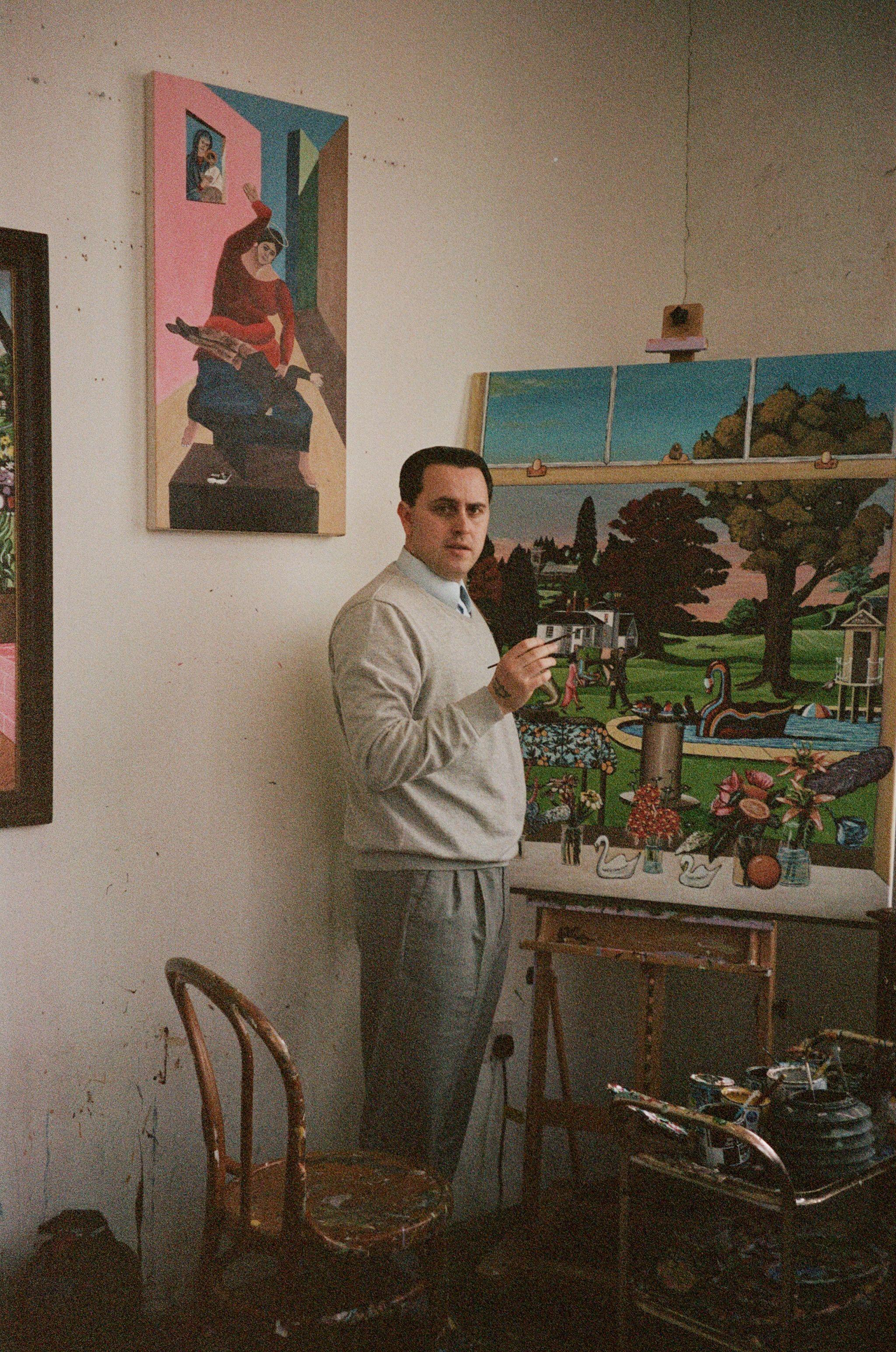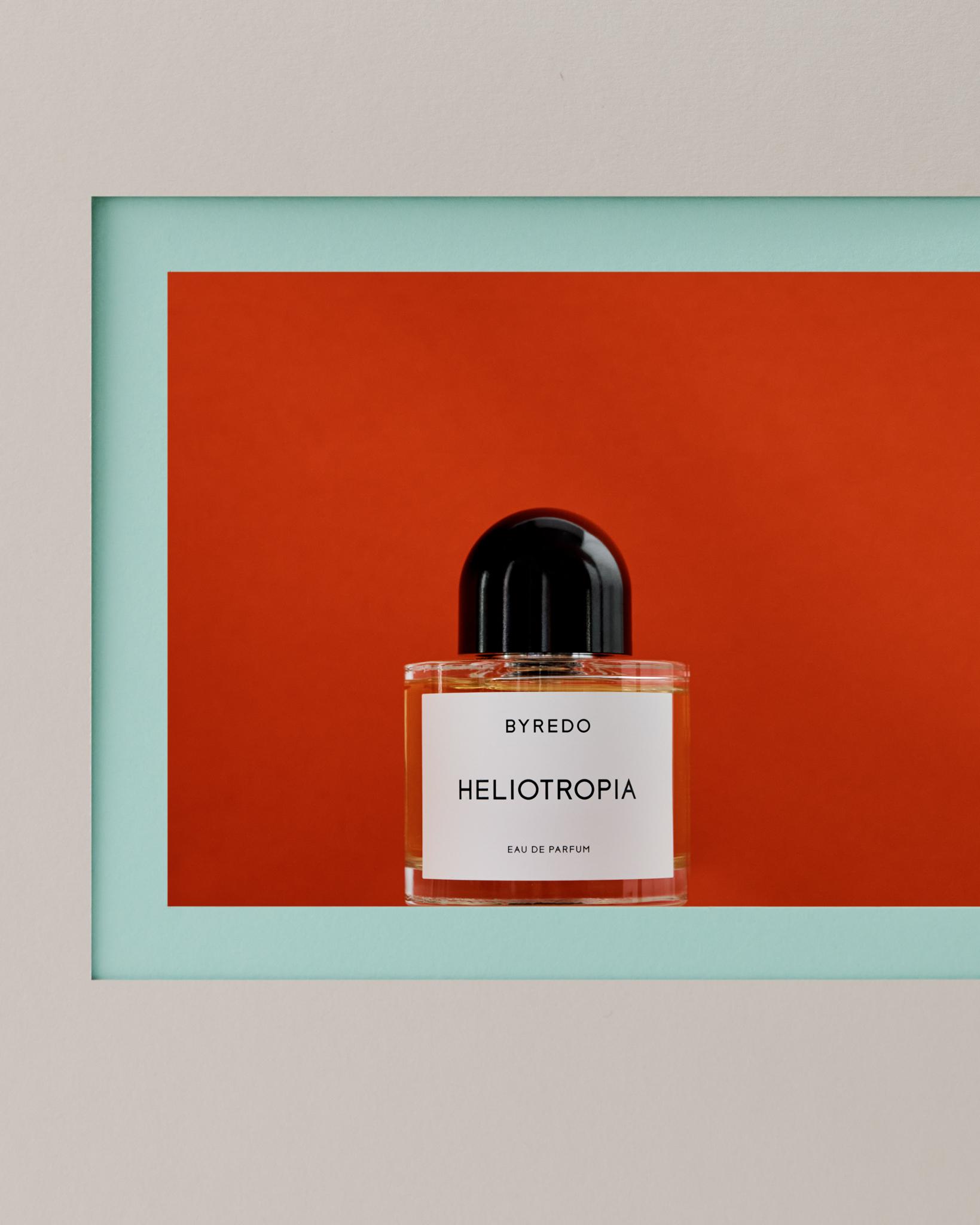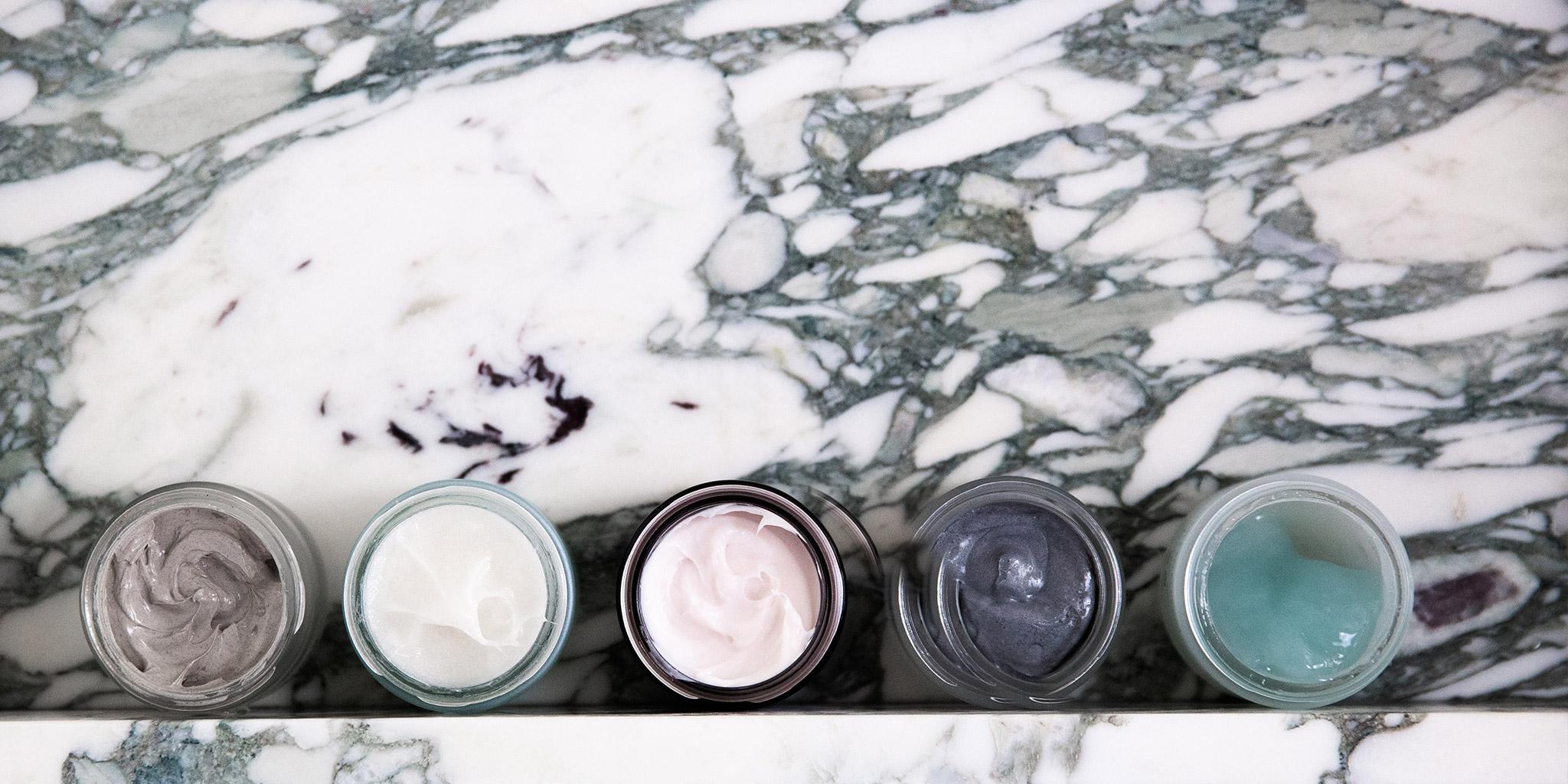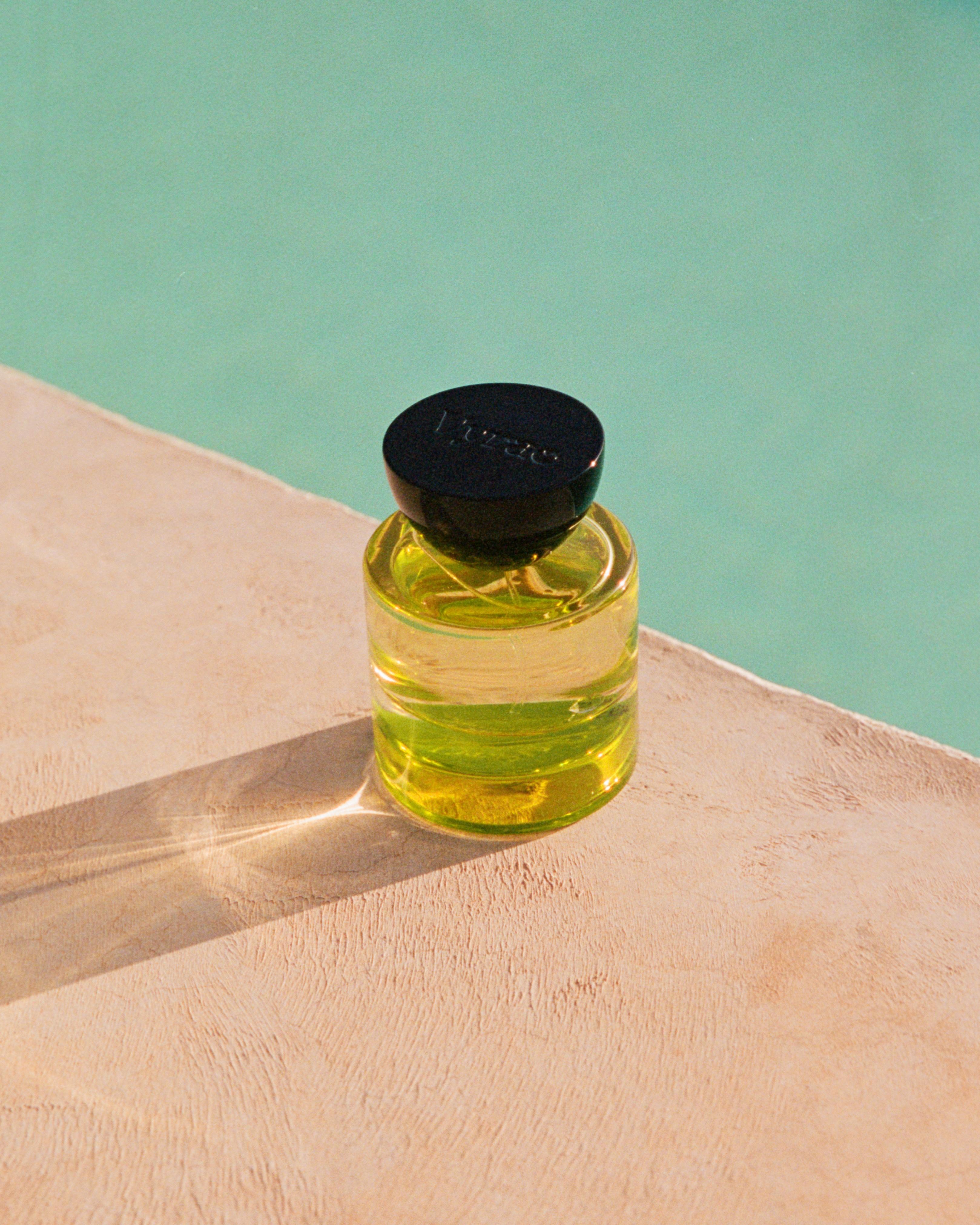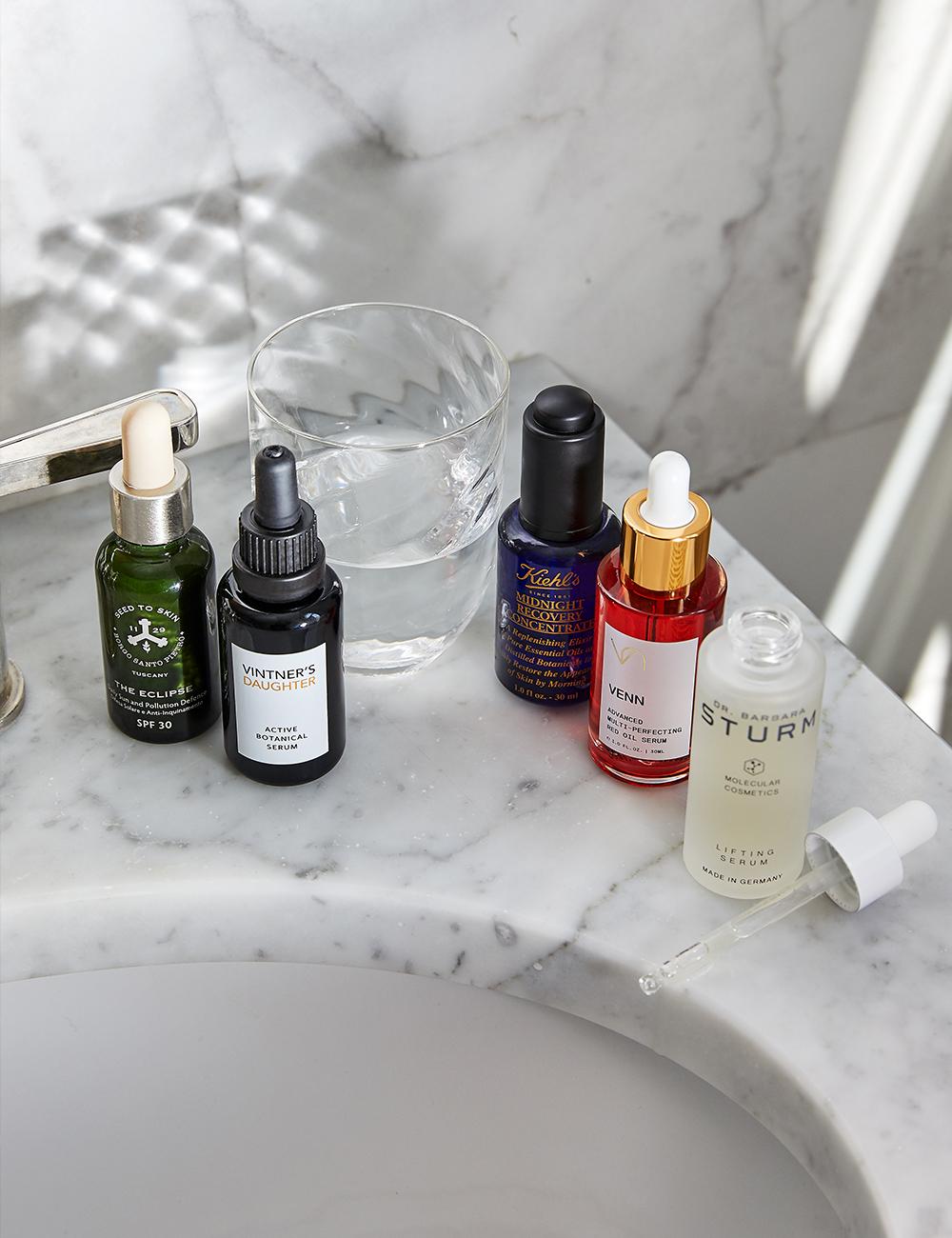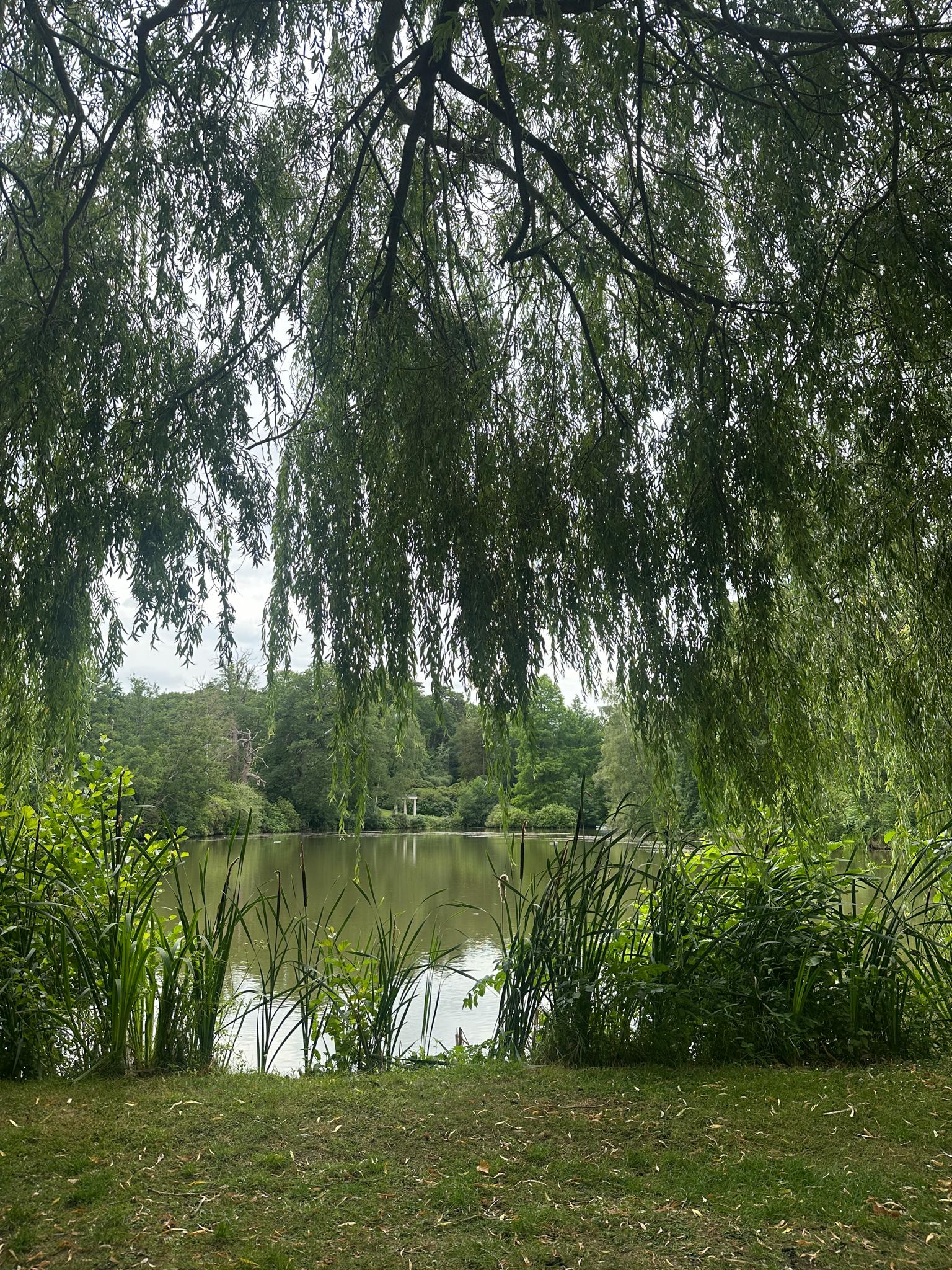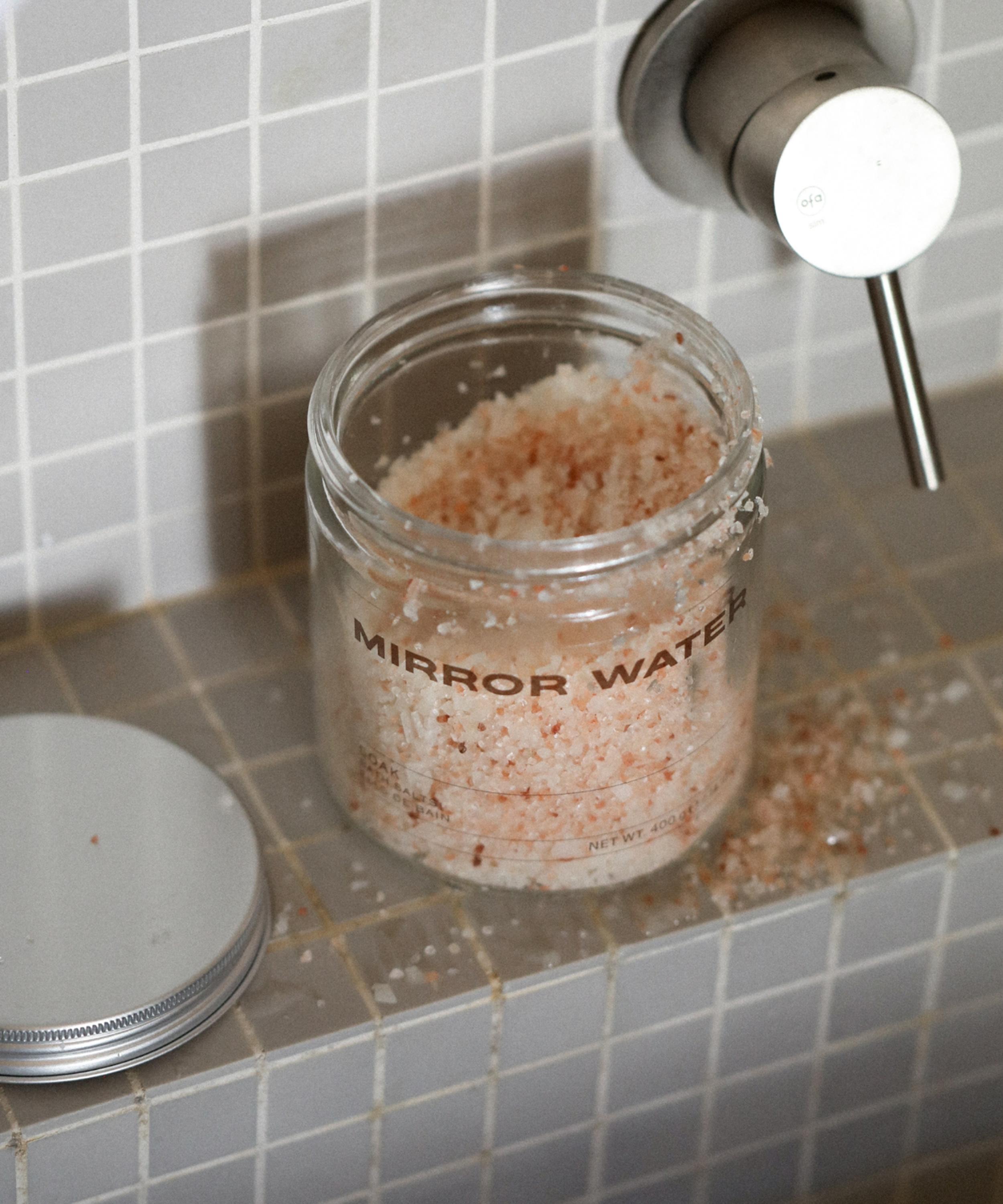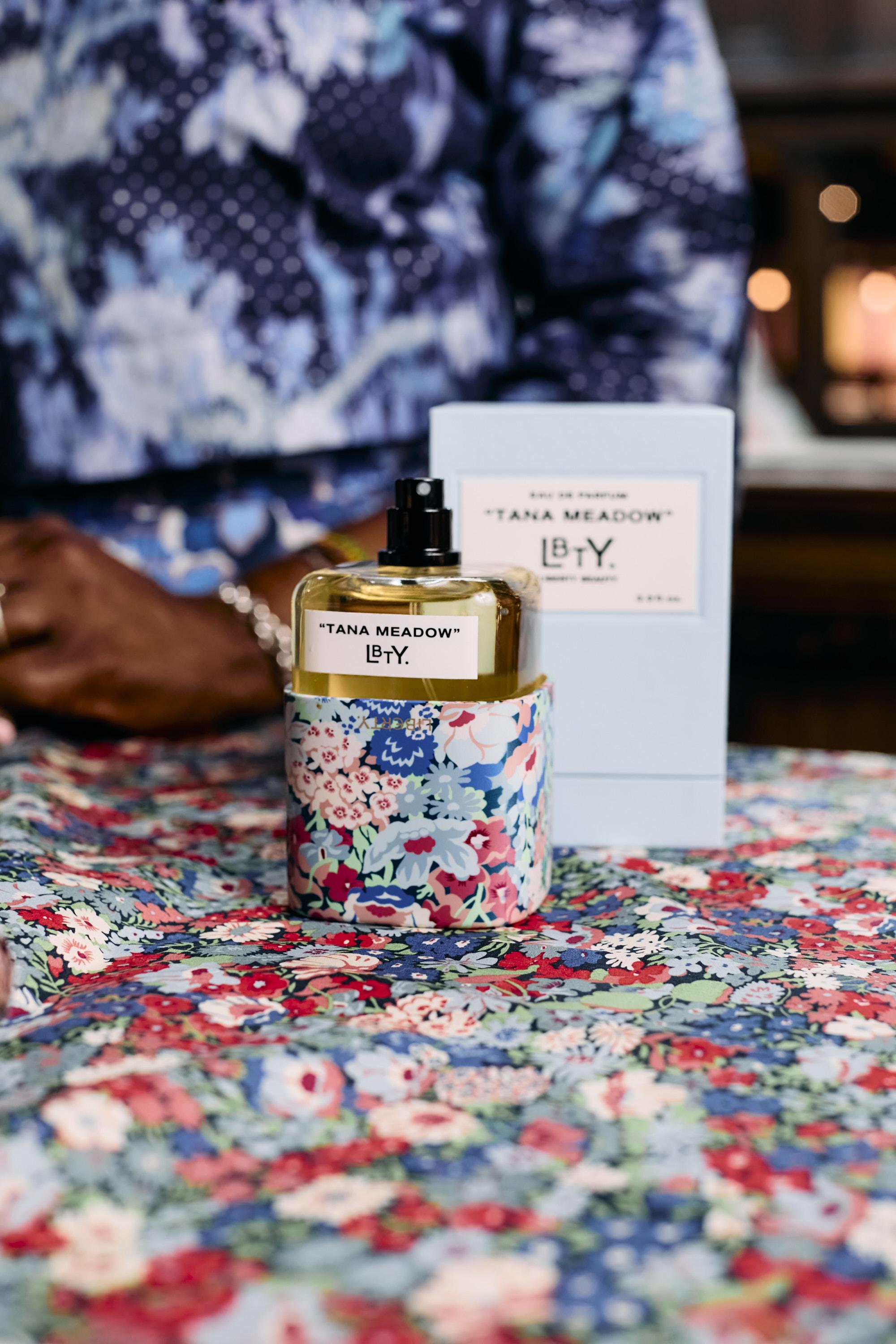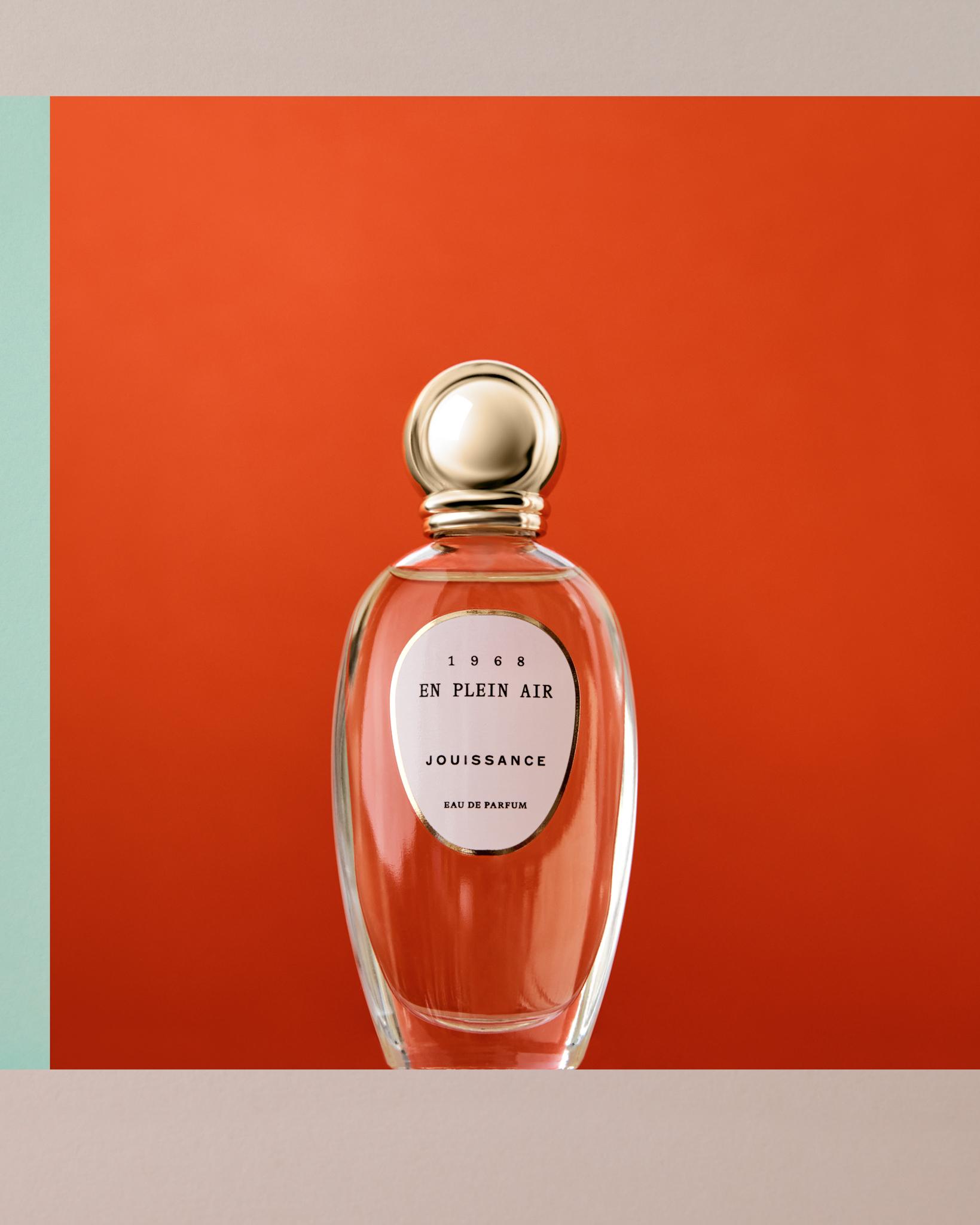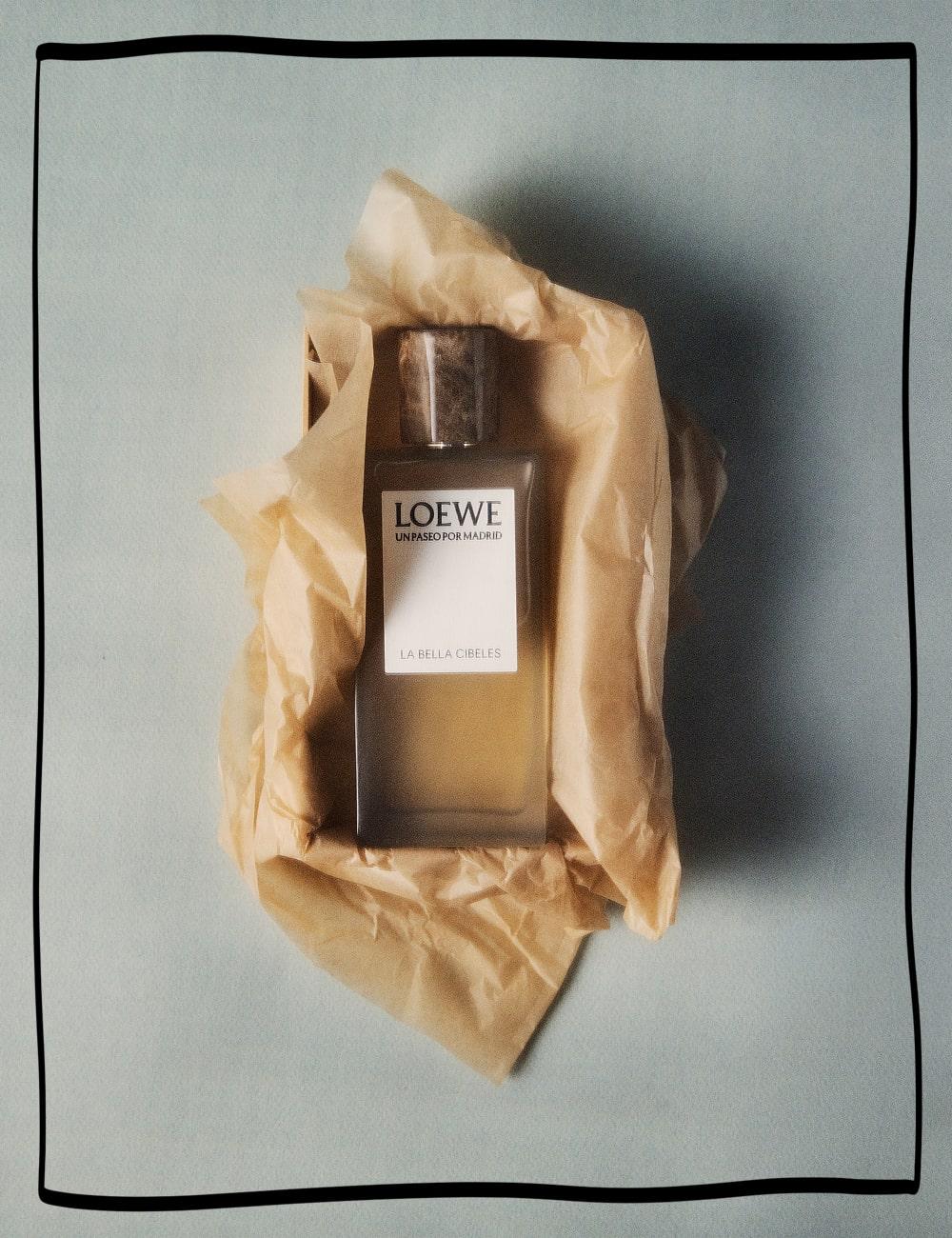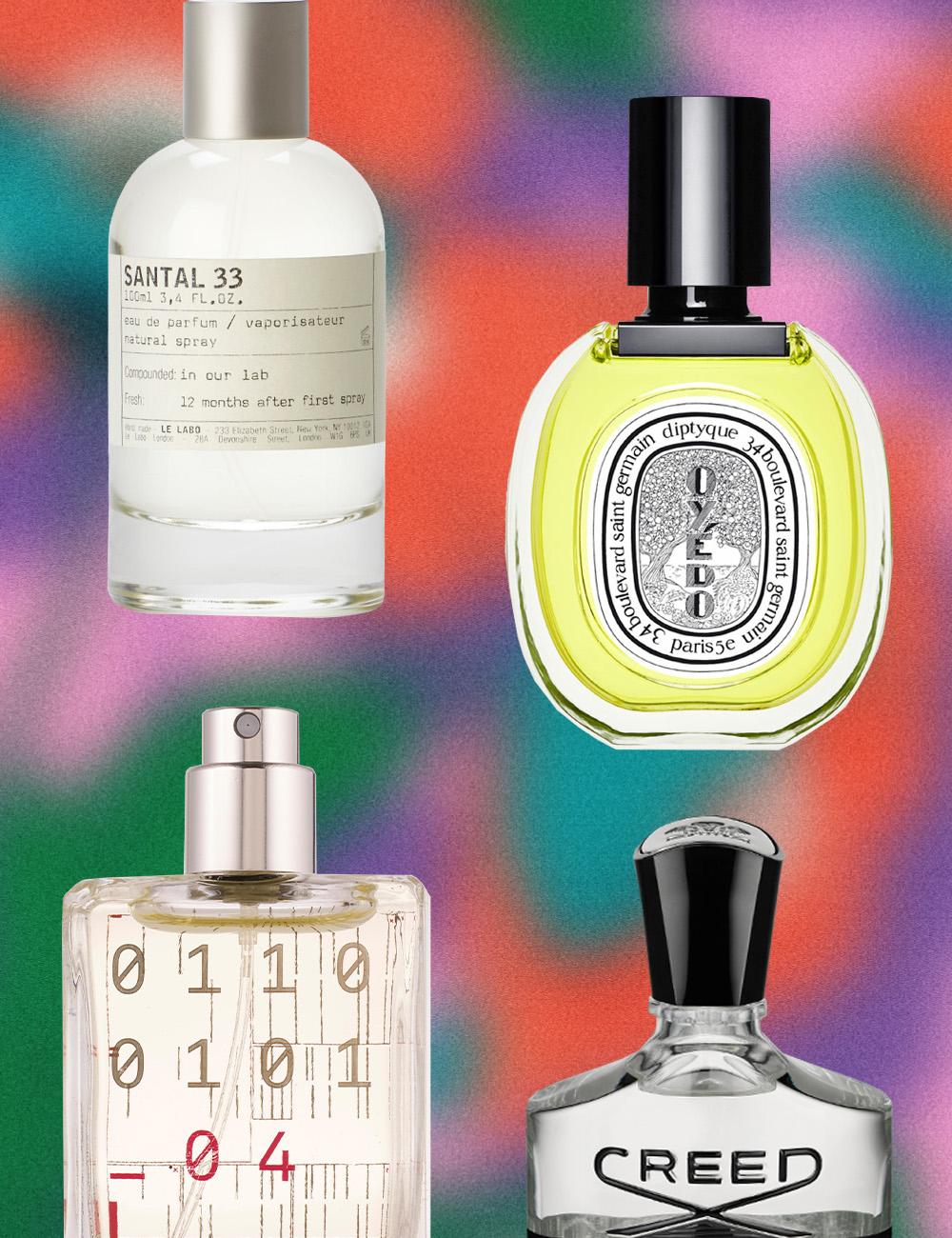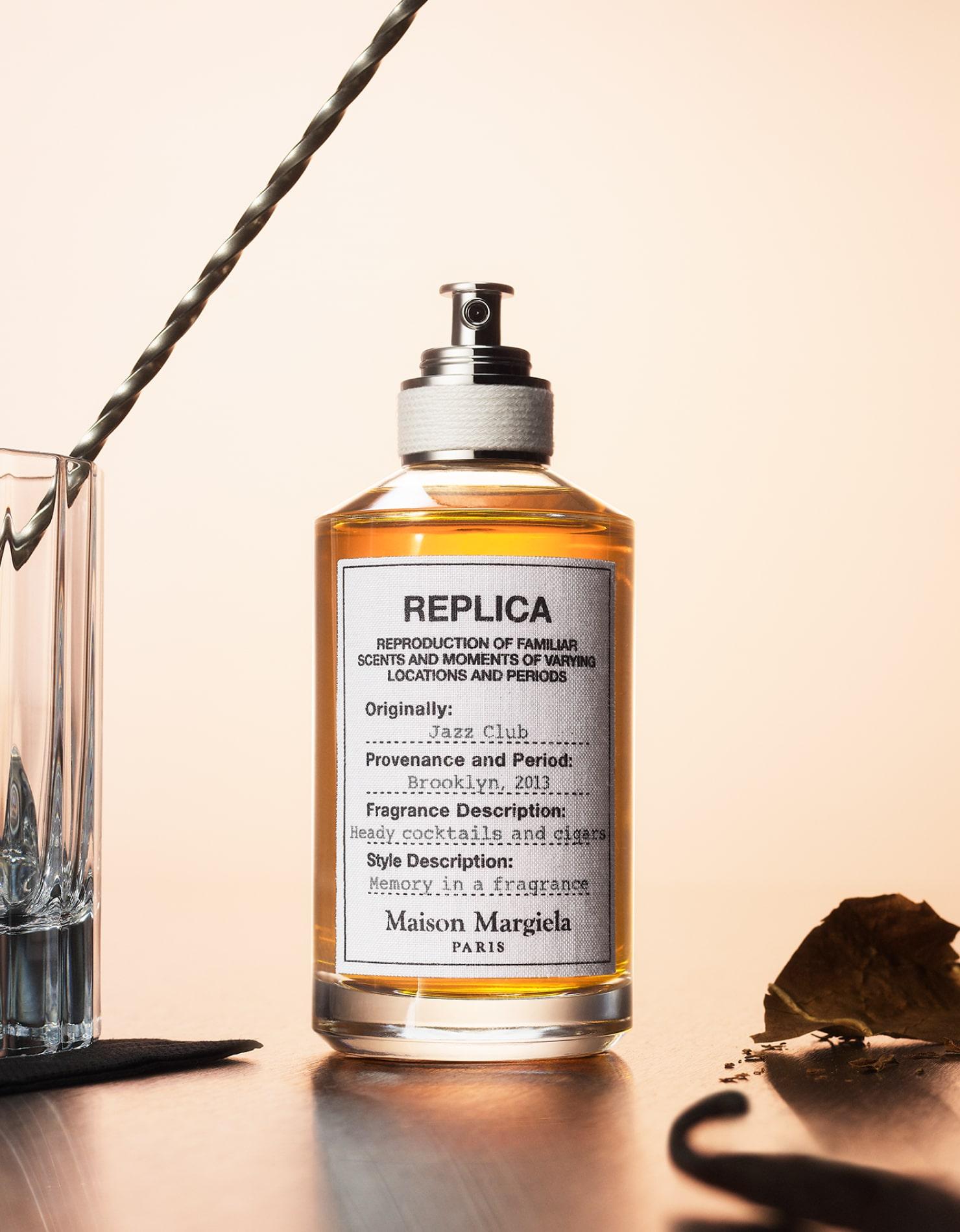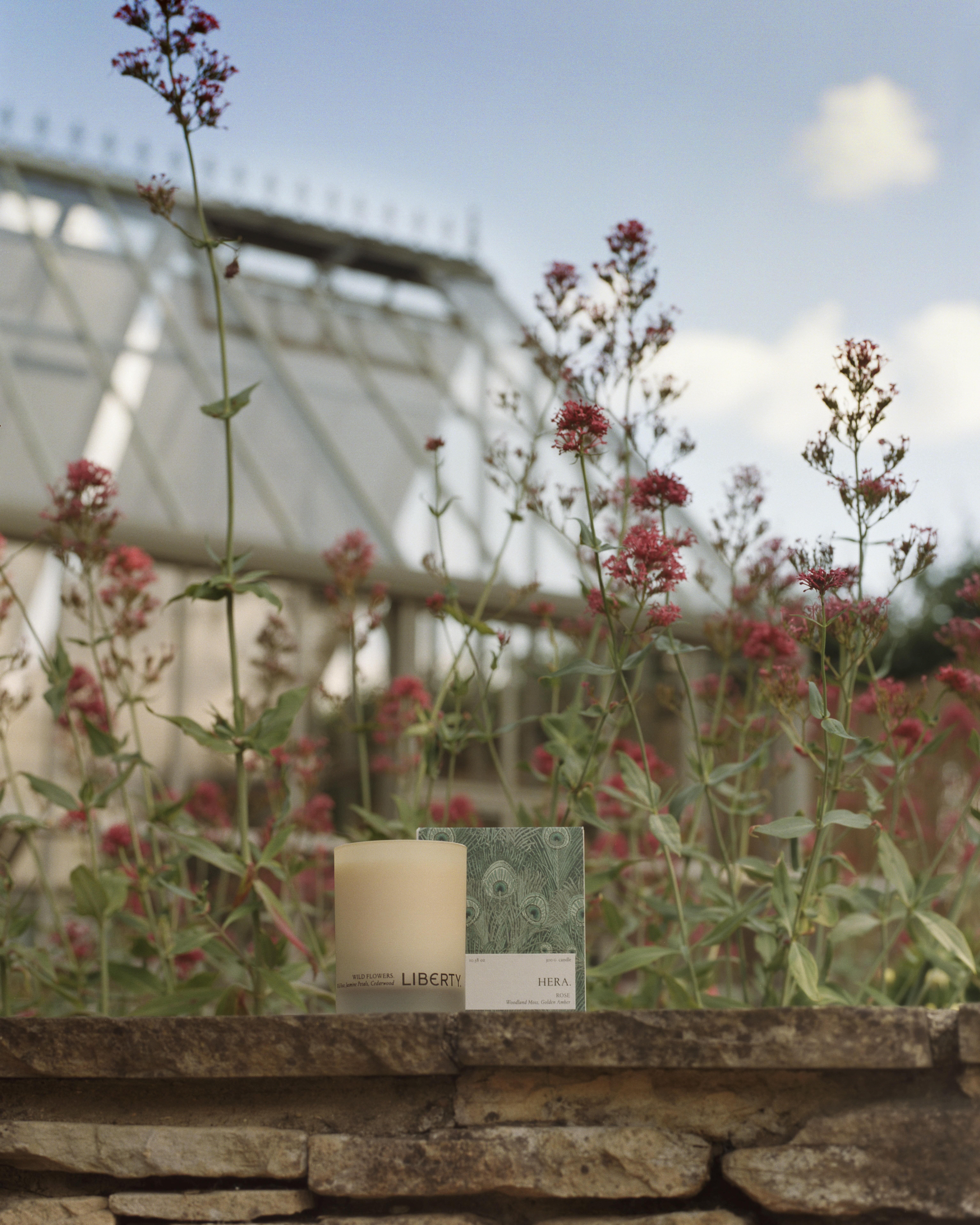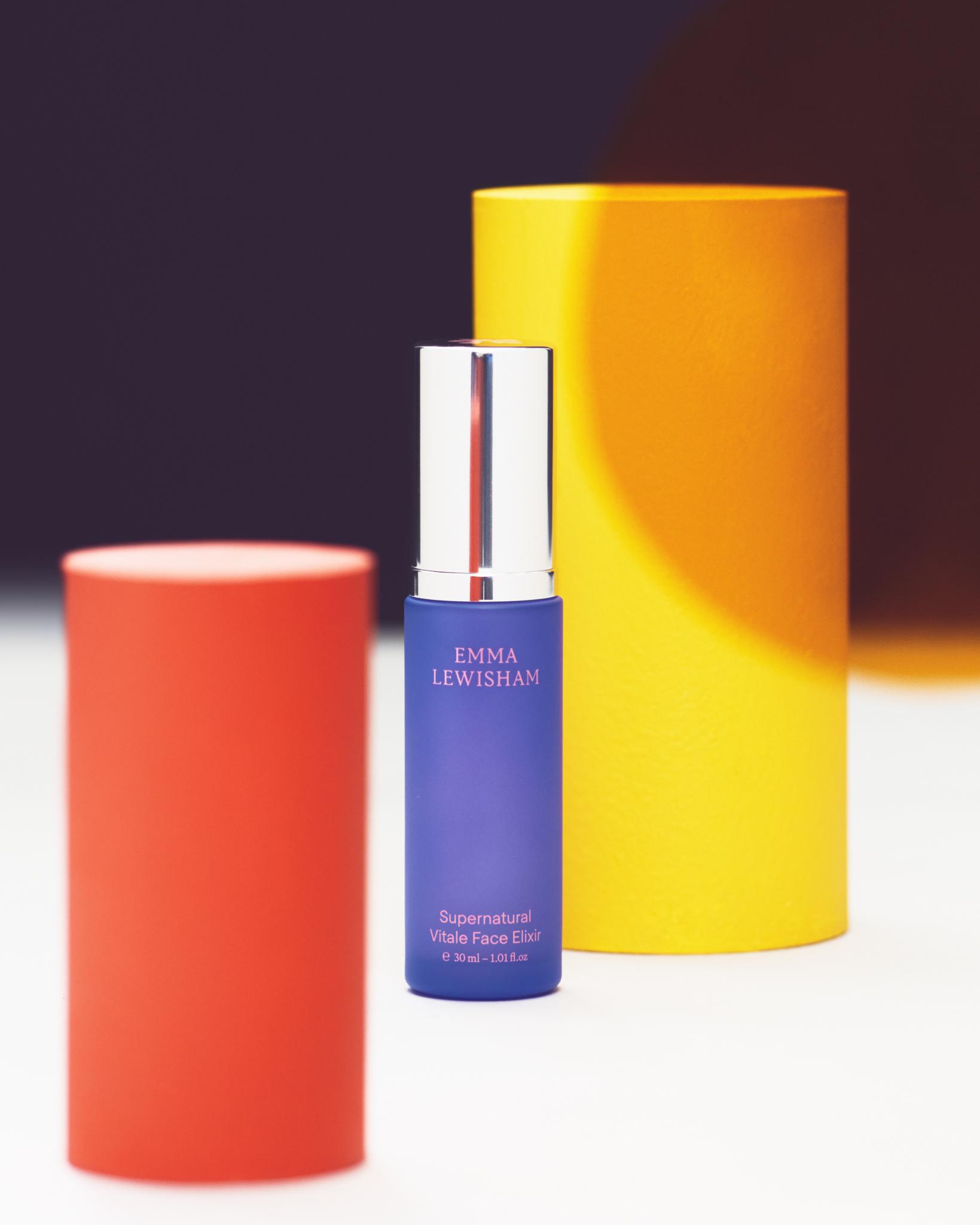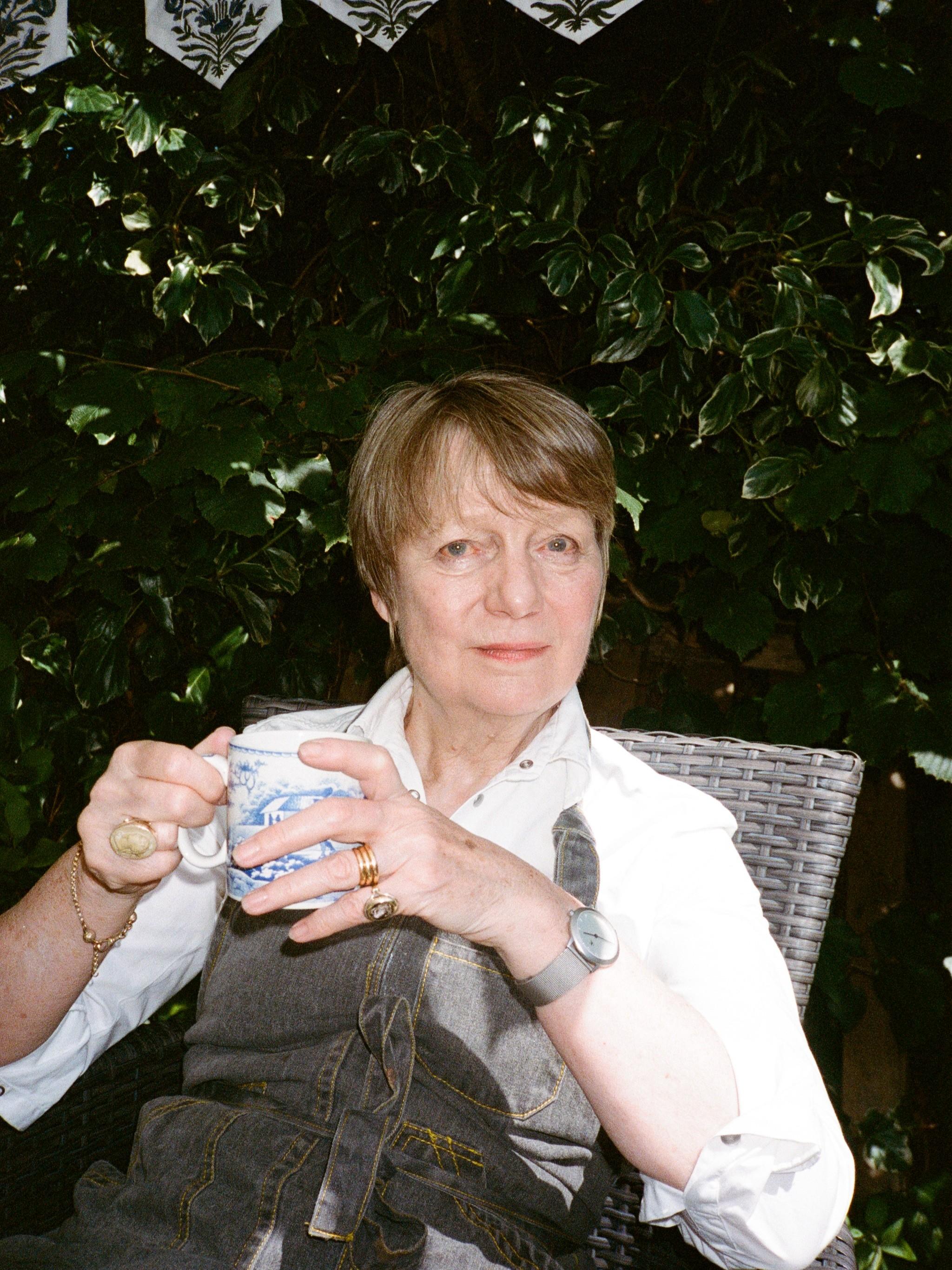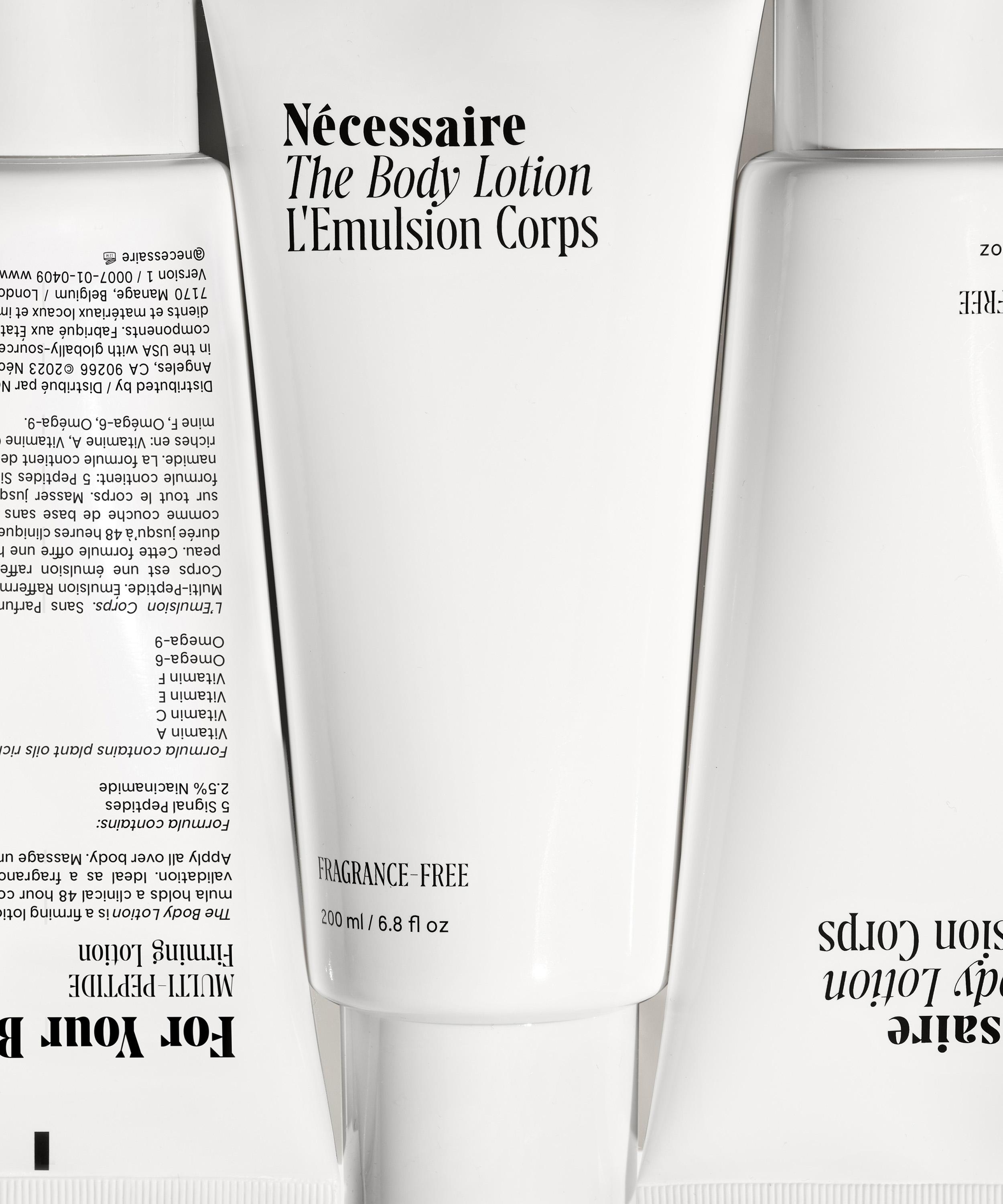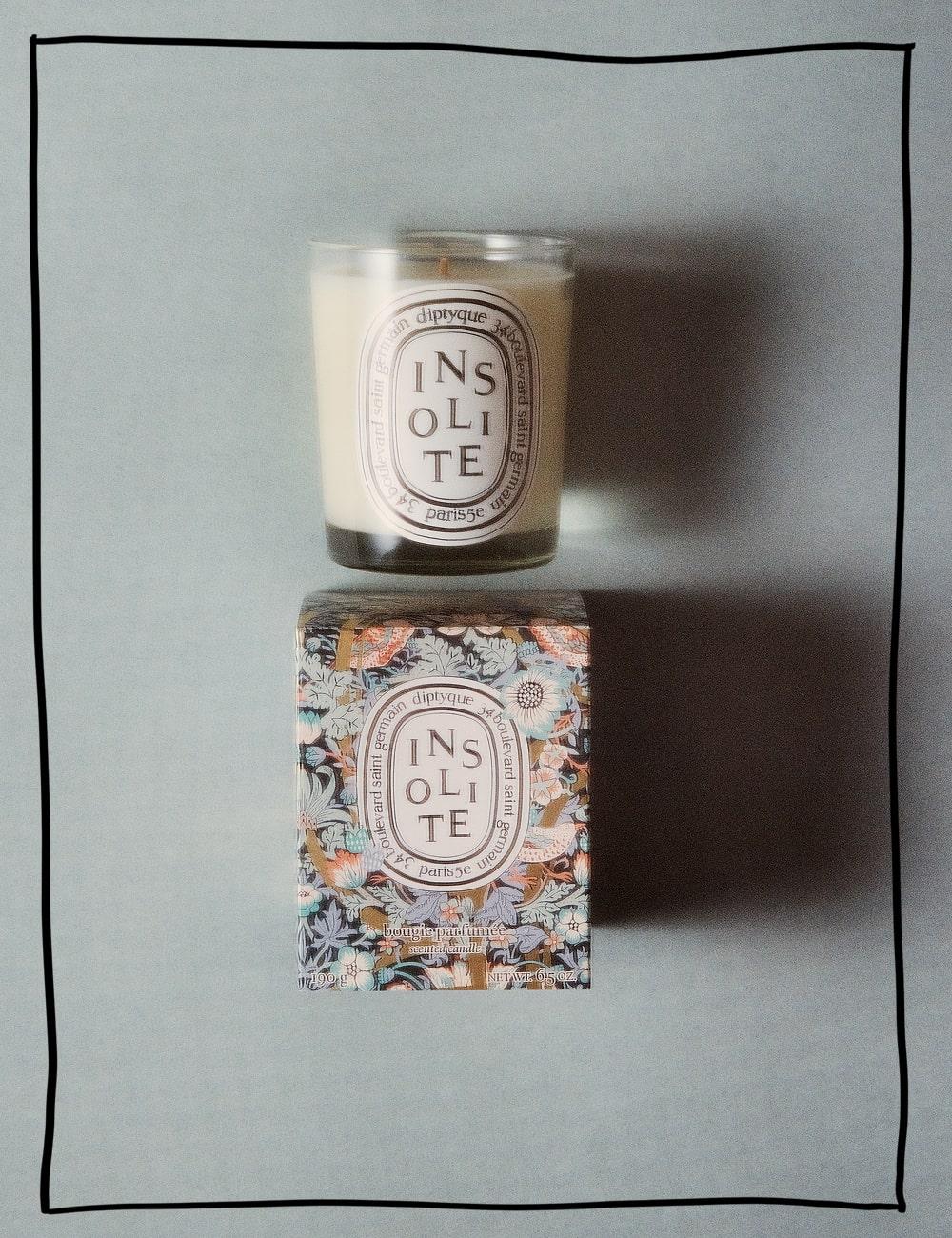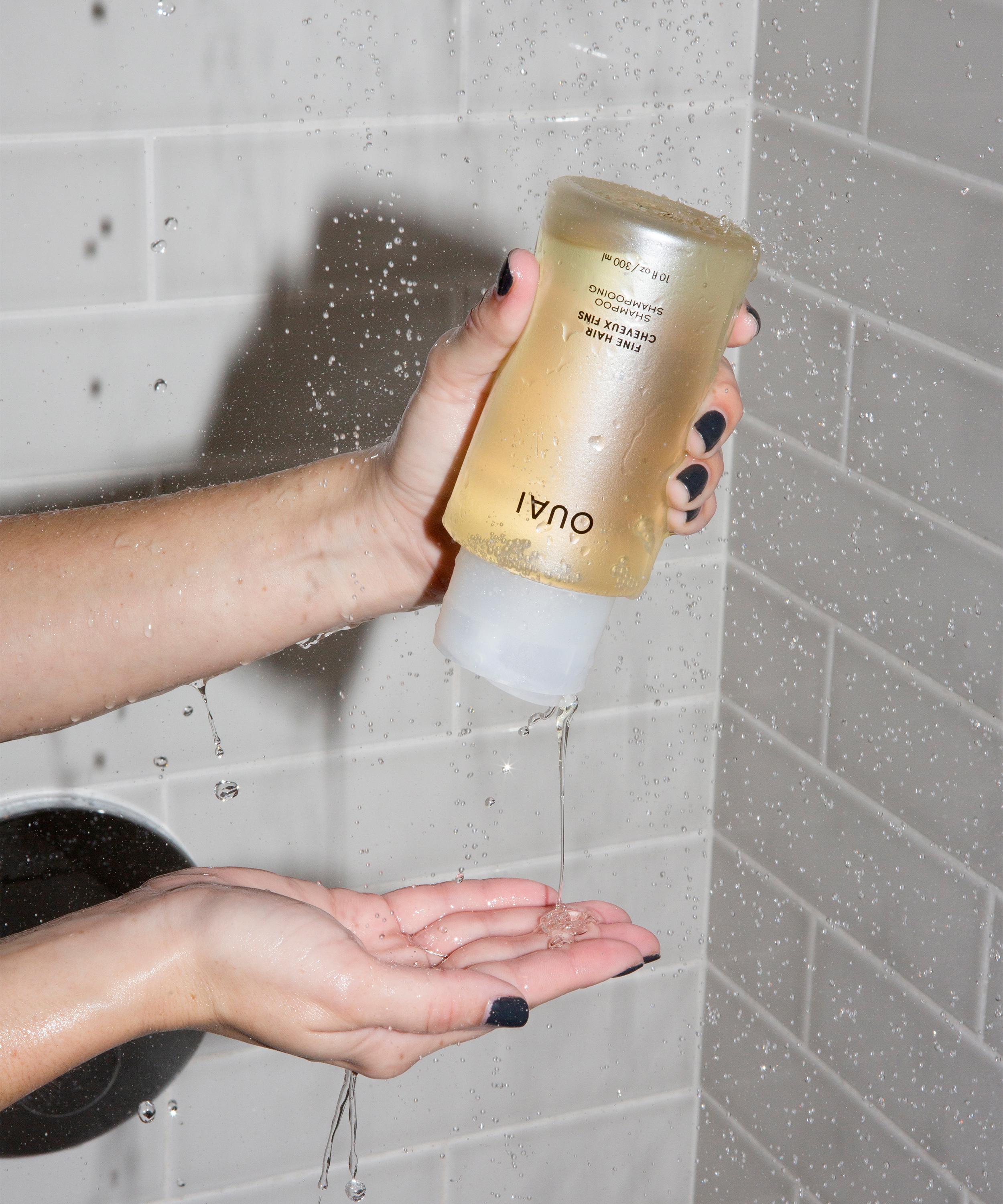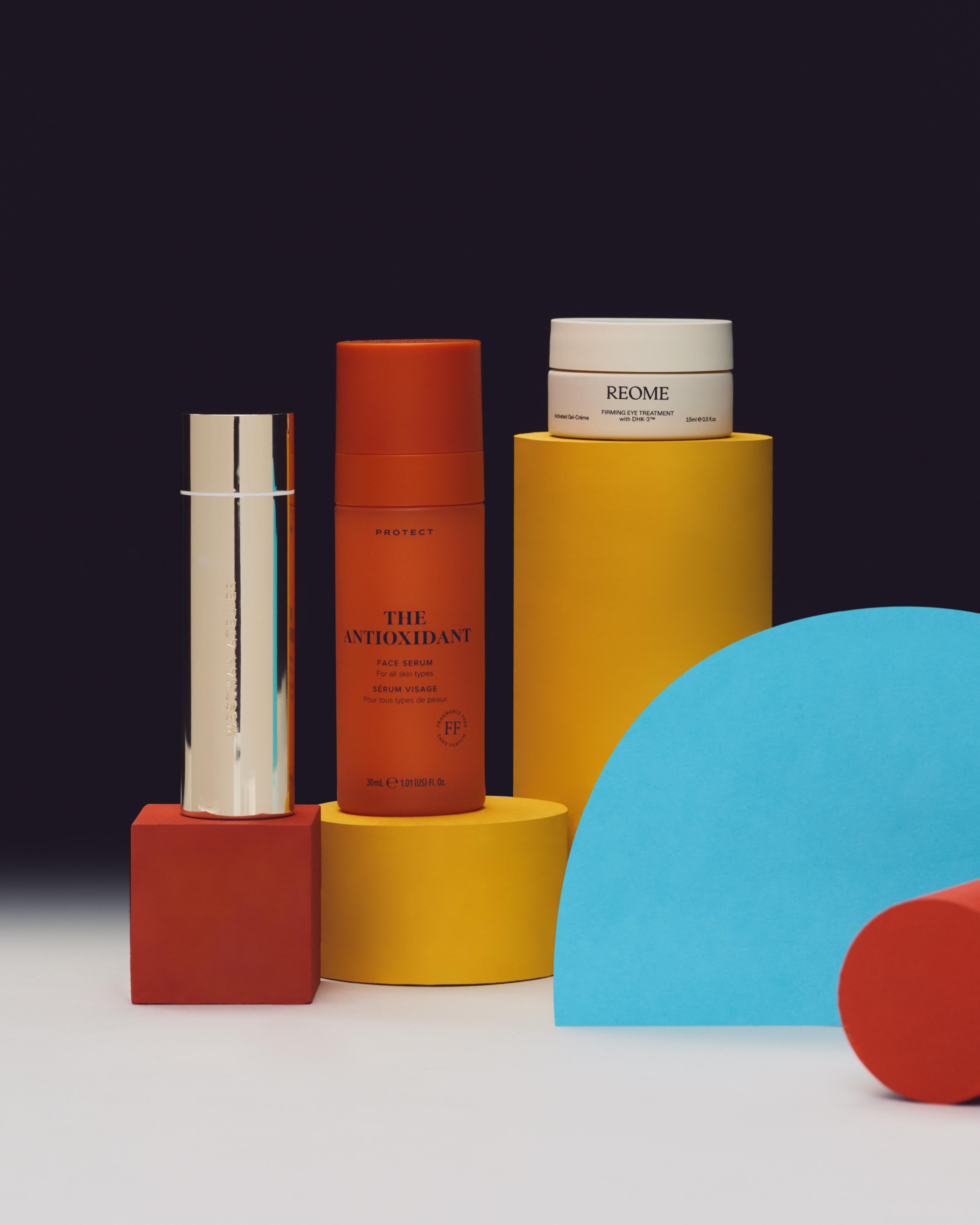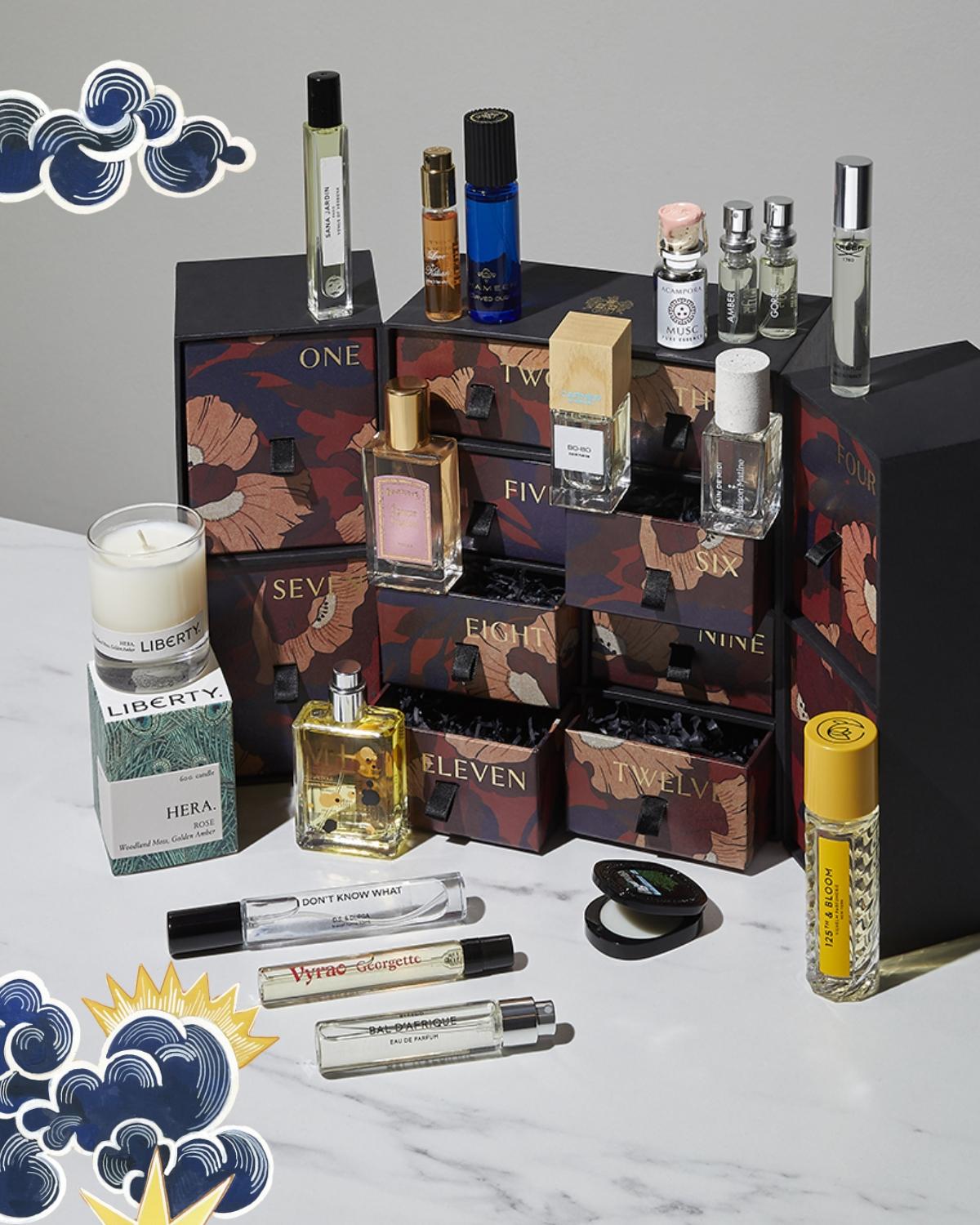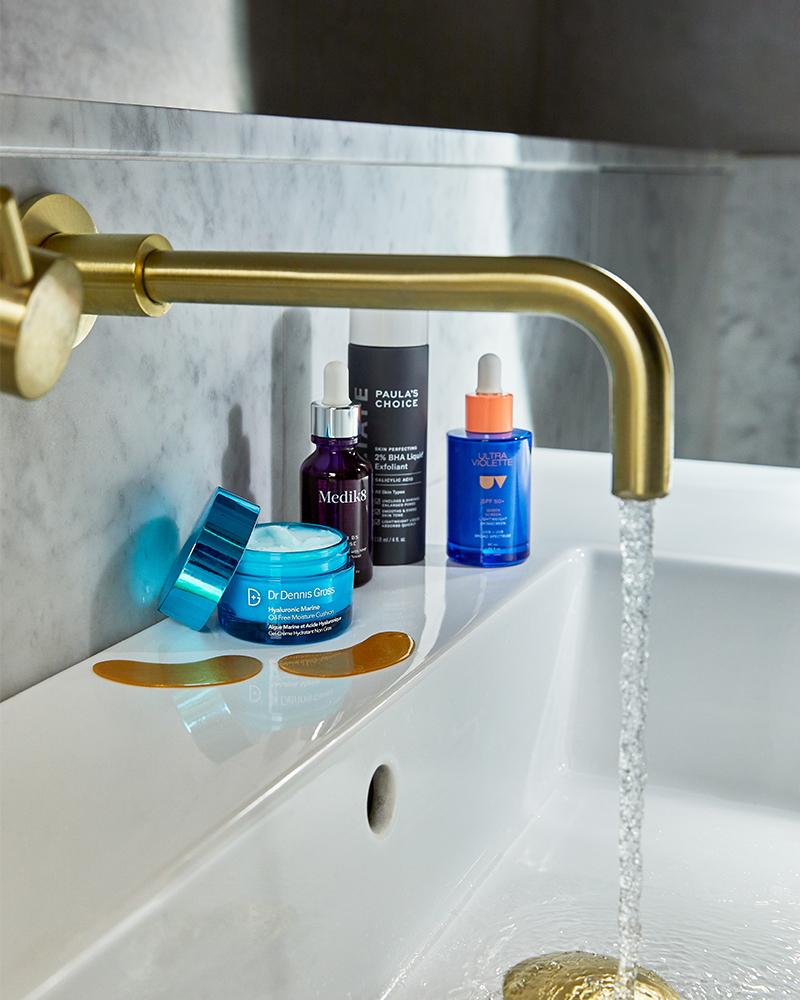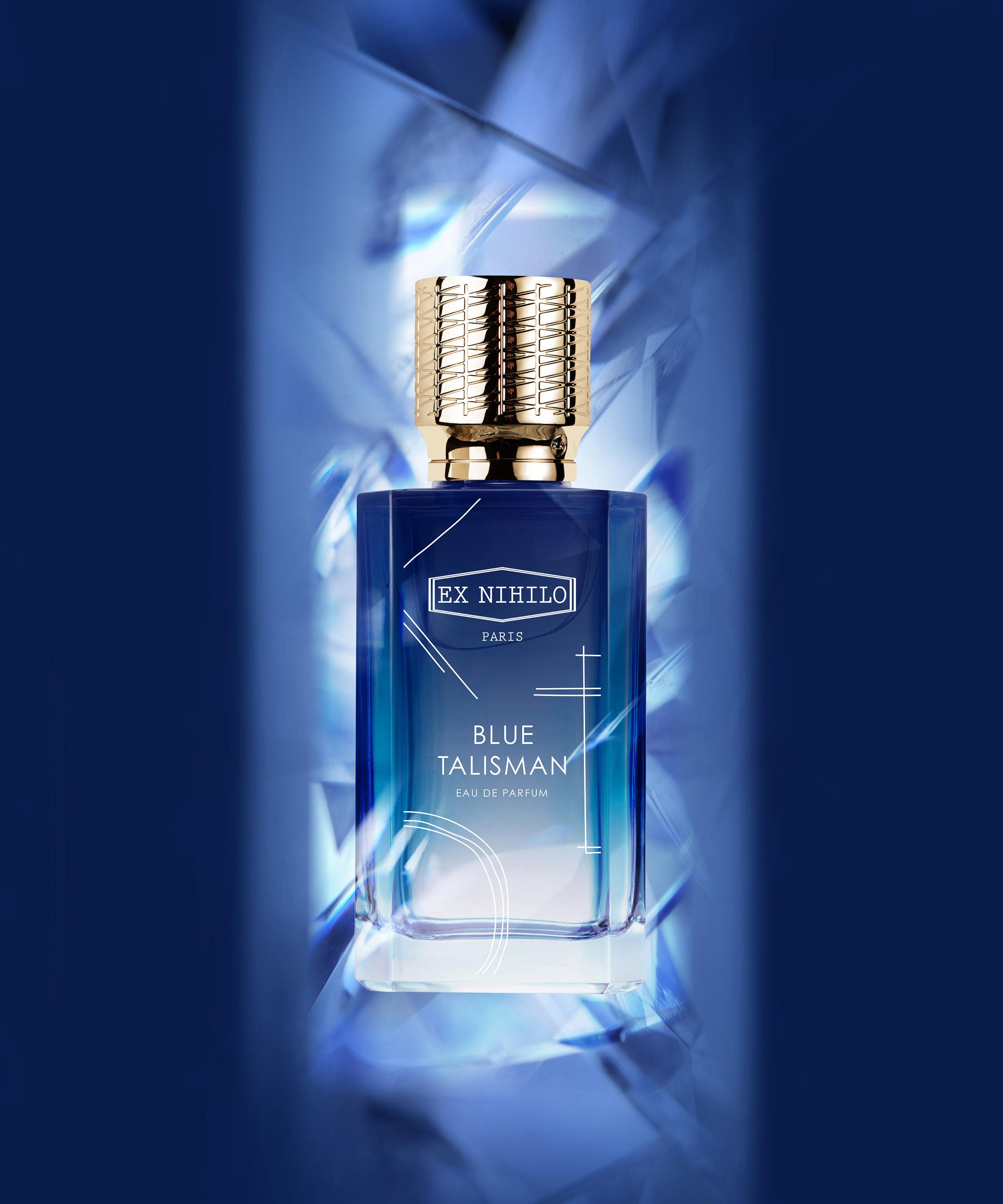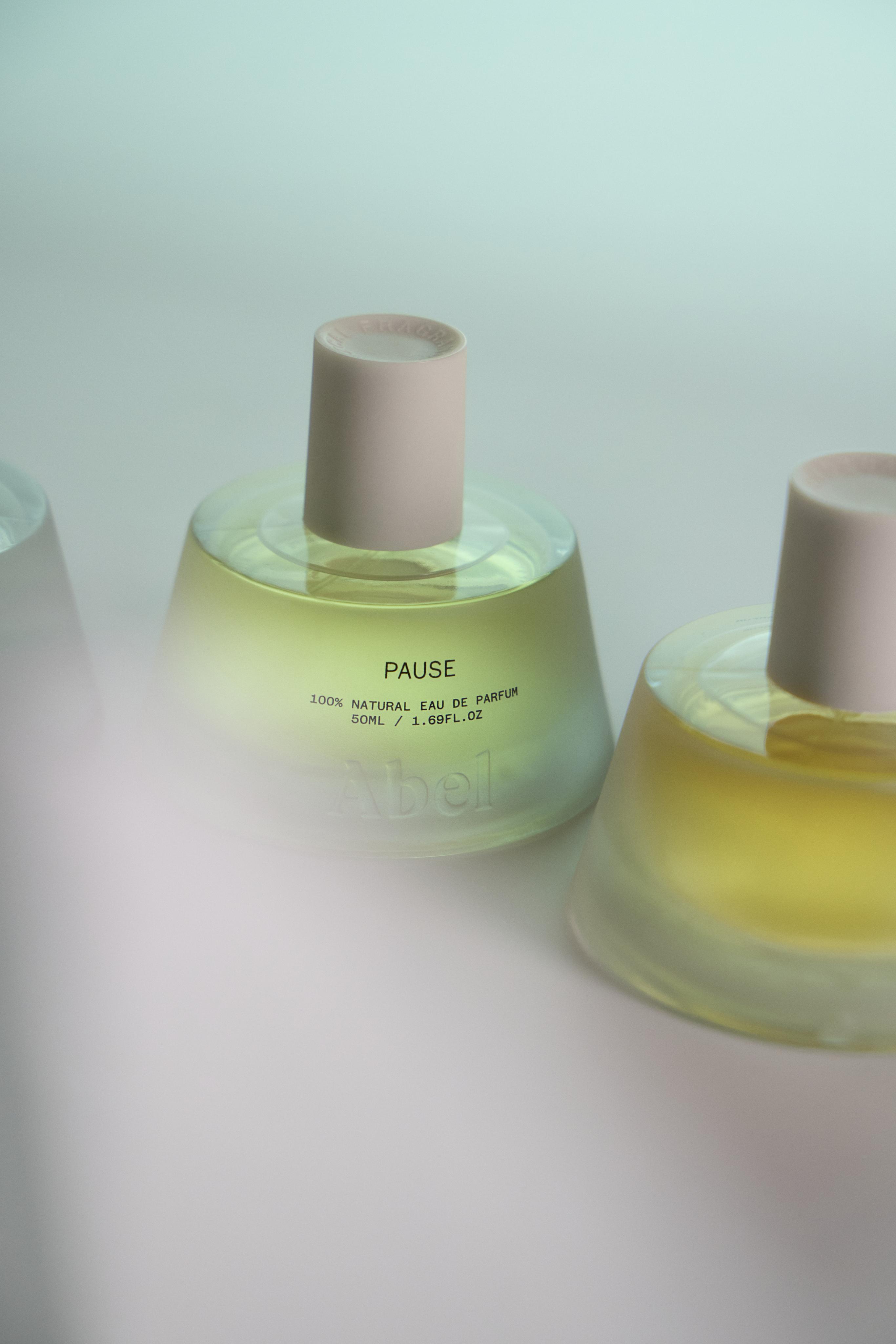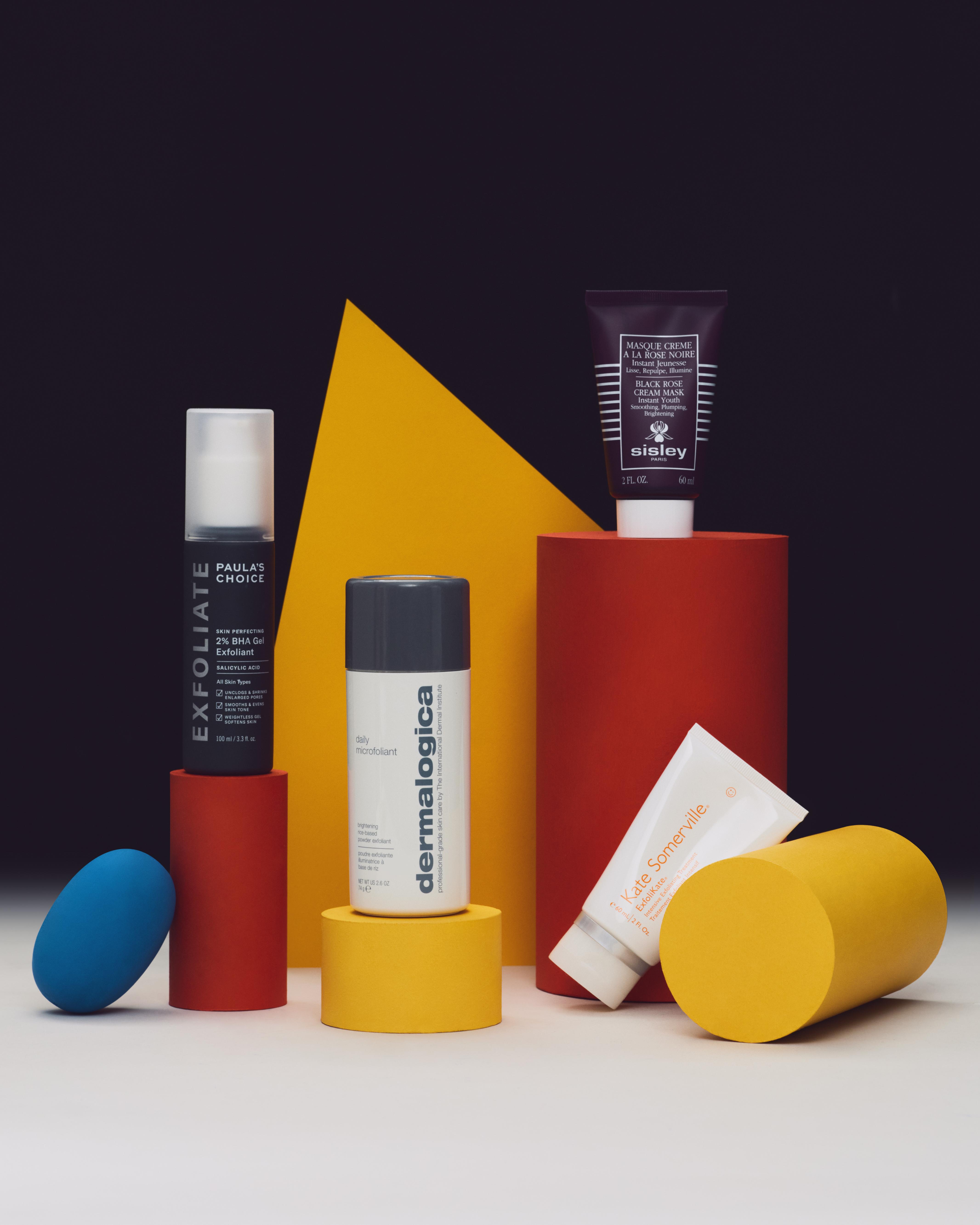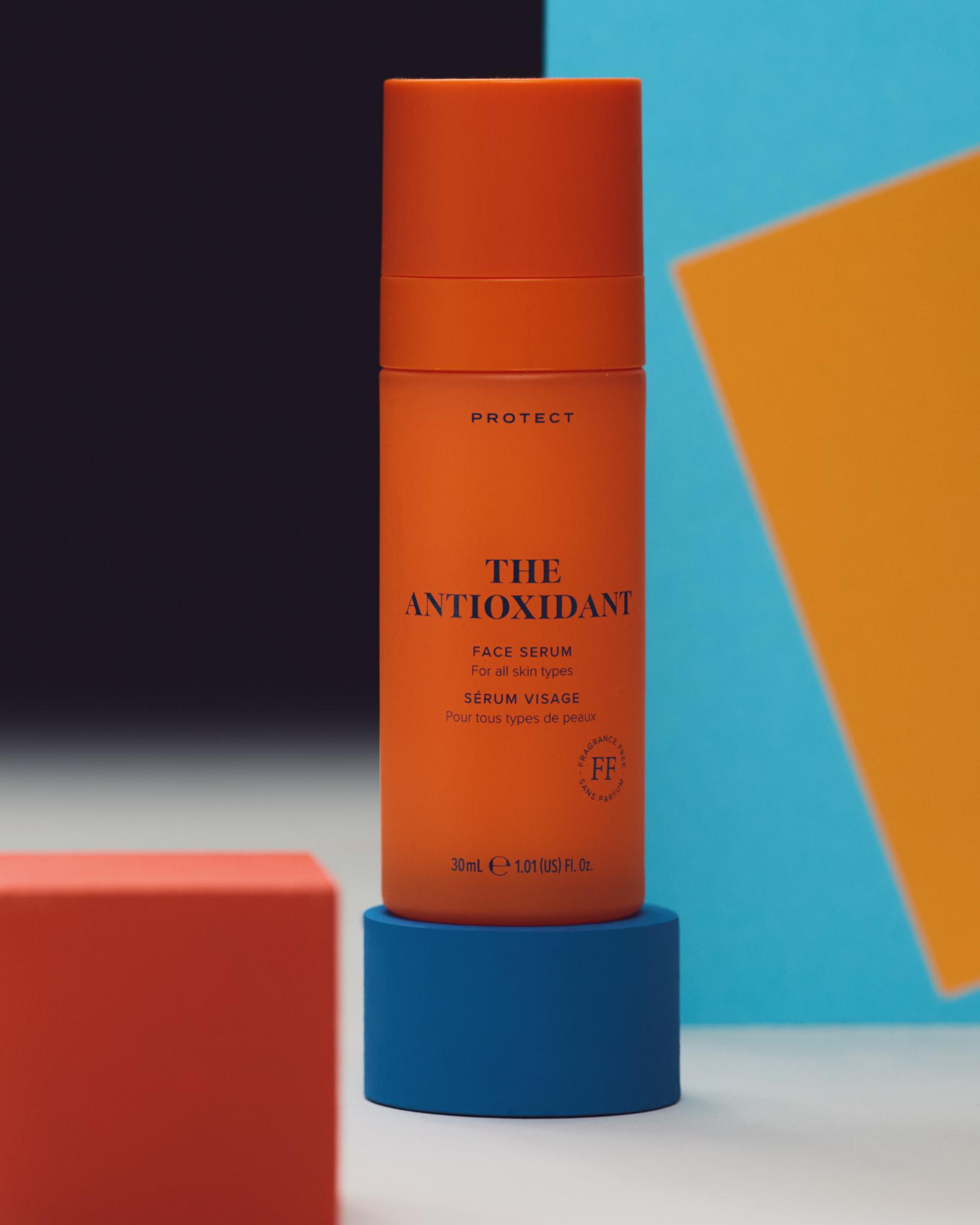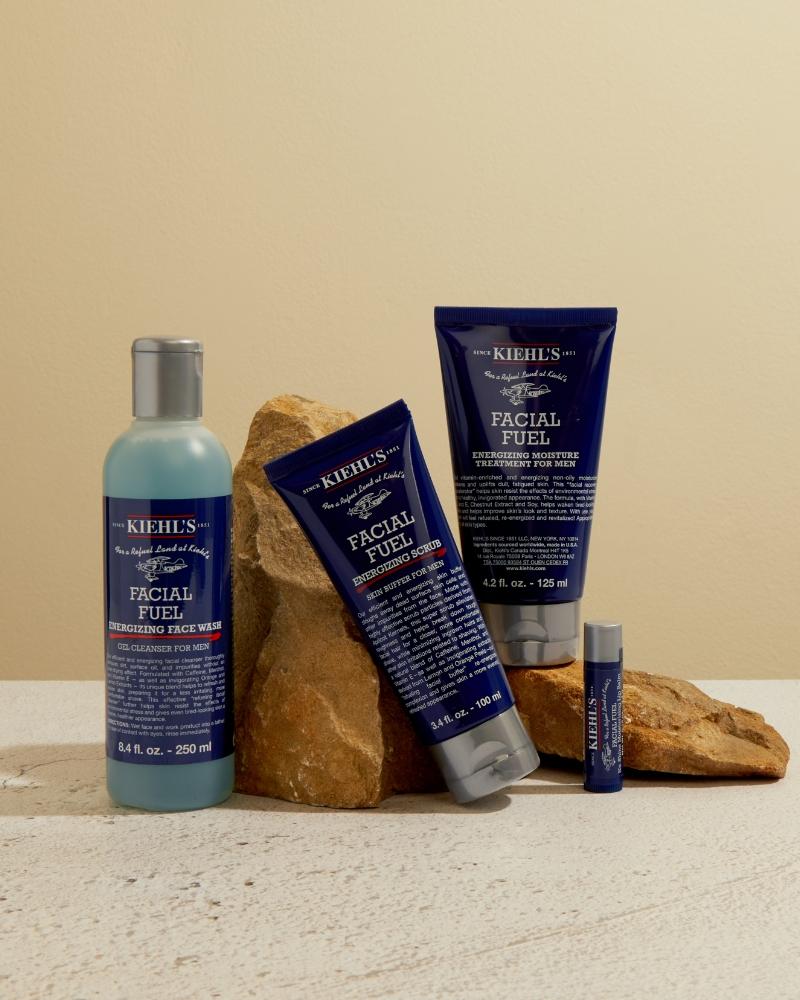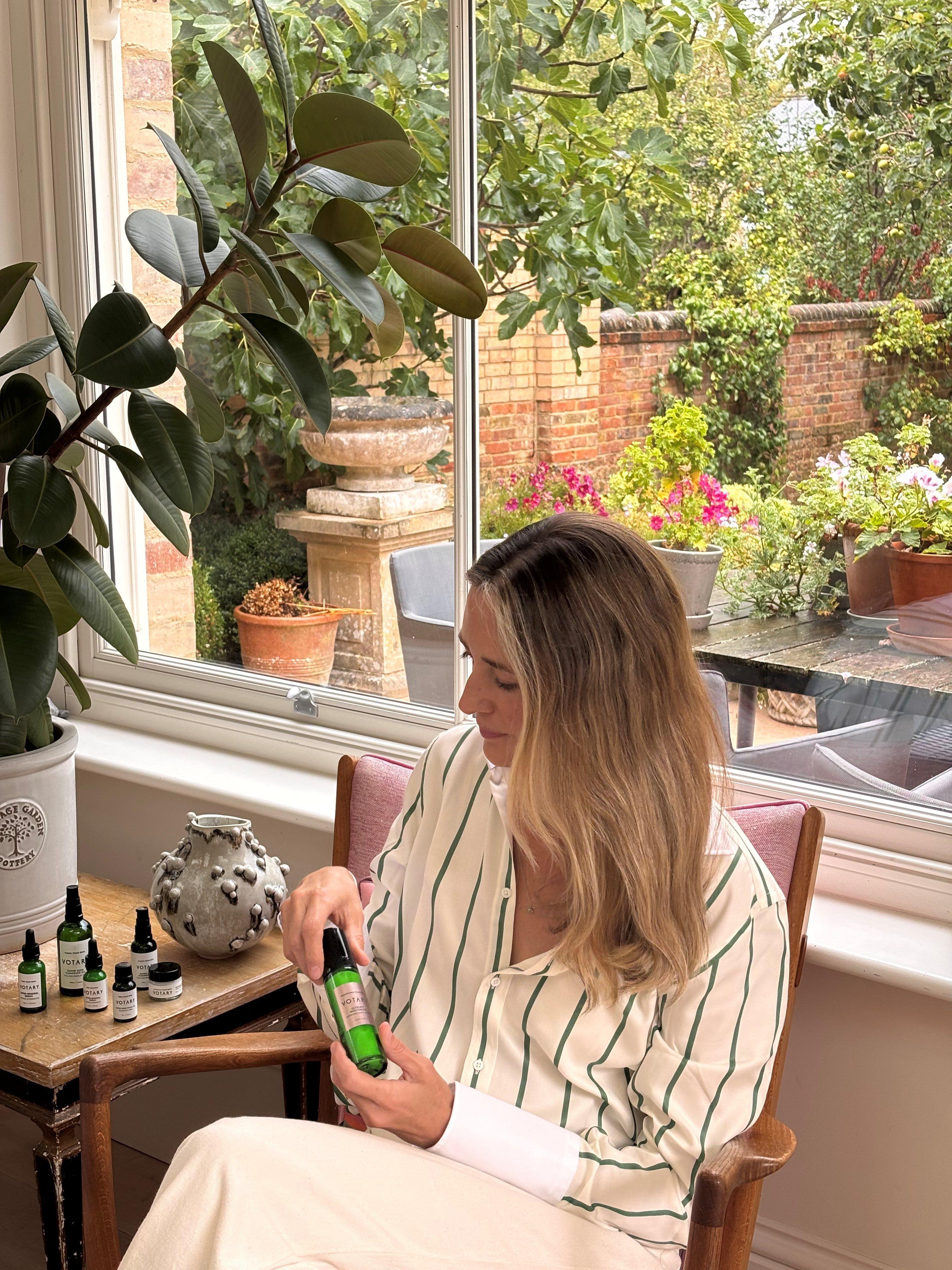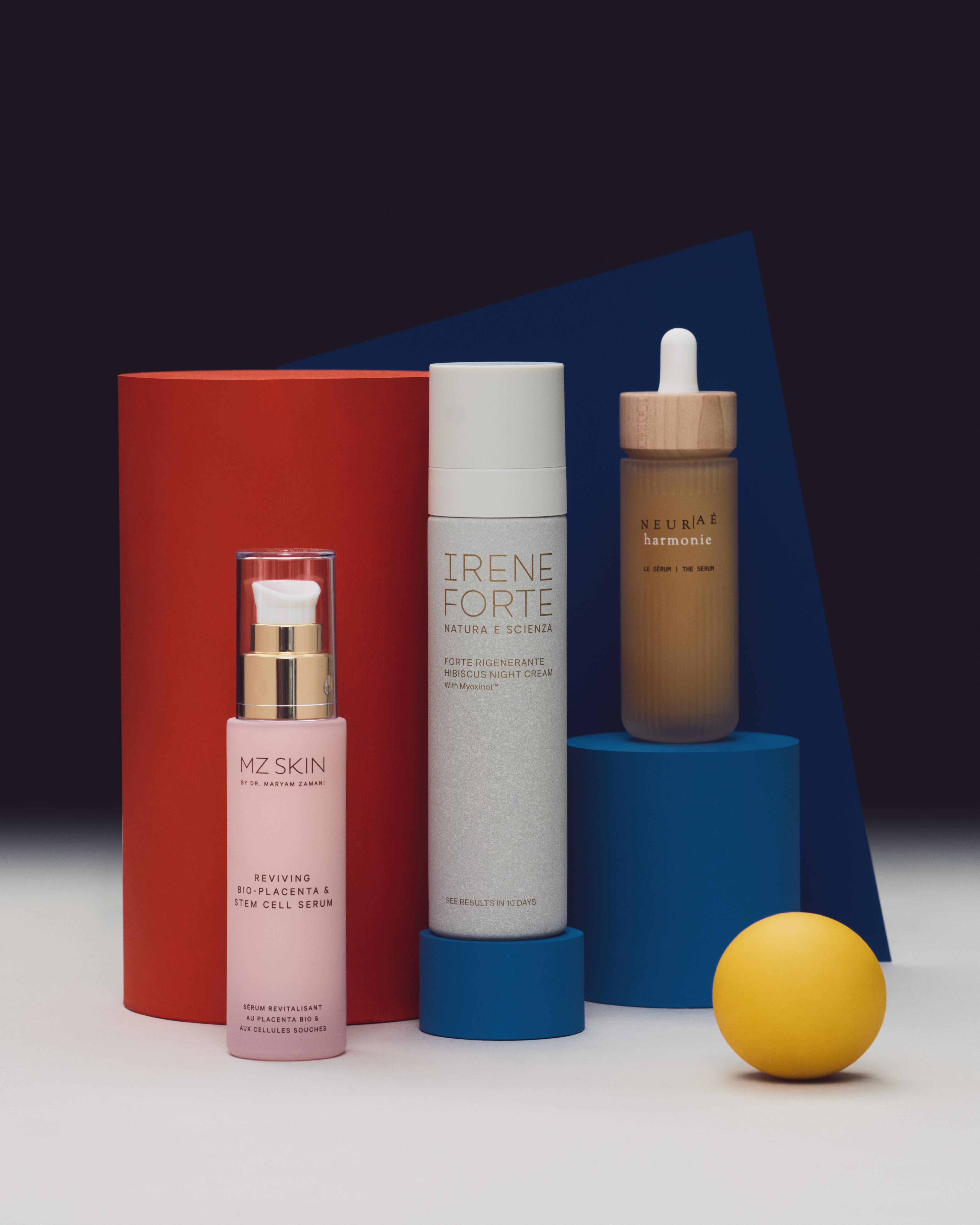Take Note: The Language of Perfume, Translated
Know your top notes from your dry down? Your vetiver from your sandalwood? Let's unpack the (often confusing) vocabulary of fragrance
Read more
Take Note: The Language of Perfume, Translated
Know your top notes from your dry down? Your vetiver from your sandalwood? Let's unpack the (often confusing) vocabulary of fragrance
By: Verity ClarkChoosing your signature scent should be based, primarily at least, on whether or not you like how it smells on you. However, a whole new world of perfume possibility is opened up once you learn the fragrance lexicon, those confusing and somewhat poetic terms that seem to shroud the perfume world in mystery. If you understand the difference between a top note and a bottom note, and can discern a chypre from a gourmand, you might just learn a little more about your own personal perfume taste, making future scent shopping that little bit easier. Let Liberty be your guide
The Fragrance Pyramid, Decoded
First, let’s start with the basics. Have you ever noticed that your fragrance smells one way at first spritz, but then very different later on in the day? That’s down to the way a perfume is ‘built’; how the individual ingredients are combined and layered, which will each develop differently throughout the course of the day. Visualise a three layer pyramid: the tip is where the top notes sit; the middle section comprises the heart notes; and the bottom is formed of the base notes.
Top Notes | These are the notes that create the first impression, as they're what perfumers describe as ‘volatile’, they're punchy to begin with, but dissipate as time passes.
Heart notes | These notes are often what gives a fragrance its signature, plus they stick around for an hour or so after spritzing.
Base notes | Those that linger longer, base notes are formed using heavier molecules than their top and middle counterparts so they last the longest – up to six hours, in fact.
Meet the Fragrance Families
How many types of fragrance exist depends wholly on who you’re asking, but the main categories are floral, woody, amber, fresh, chypre and gourmand. Each scent family has distinctive characteristics and notes associated with it. “For example, the amber fragrance family is associated with rich, exotic and spicy scents while the fresh family is associated with bright citrus, green and oceanic scents,” explains Susan Wai Hnin, co-founder of Gabar. Working out your preference is pretty easy, when you consider the popular perfumes you already love.
Floral
Fairly easy to decode, this family is made up of scents that smell like freshly cut flowers, such as rose, jasmine, lily-of-the-valley and peony.
Woody
Warm, moody and earthy are all adjectives often used to describe scents which sit in the woody family, which often feature notes of cedar, fresh pine, rich vetiver, sandalwood or patchouli.
Amber
These are the rich, sensual, exotic scents that conjure up images of far flung souks and spice markets. Think sweet spices such as cinnamon and cardamom, addictive peppery flavours and explosive ouds
Fresh
These are often laced with citrus notes (think freshly squeezed lemon or a slither of orange peel) or oceanic notes, like the breath-enhancing, brow-unfurling drama of fresh sea breeze. They tend to be light, zesty and uplifting.
Gourmand
One for the foodies, gourmand fragrances comprise edible notes, such as praline, chocolate, honey, coffee and caramel.
Fragrance Concentrations
There’s a reason why certain blends of fragrance differ in price. “A perfume is a solution made of a perfume oil, diluted in a solution of alcohol and water, “ says perfumer Veronique Gabai. “The more perfume oil in the solution, the higher the concentration.” And the higher the concentration? Often, the higher the price.
Eau de Toilette: Concentration between 6 and 10%
Eau de Cologne: Concentration below 6%
Extra Credit
Bonus Perfume Terms to Learn
ACCORD
An accord is essentially a grouping of raw scent ingredients that together, create a distinctive scent of their own.
DRY DOWN
The dry down is the smell that appears once the initial notes have evaporated, and the middle notes have started to follow suit. It's the reason experts recommend trialling a perfume for a day or so before investing to ensure you like the scent long after the first impression.
FUNCTIONAL FRAGRANCE
“These are fragrances that deliver an additional benefit to scent,” says Gabai, “and are commonly designed for wellbeing or to enhance mood.” Often backed by neuroscience, functional fragrances are scents that have been proven to have a direct impact on the brain, whether that's to energise or relax the wearer.
NOSE
The affectionate name given to a perfumer, a 'nose' has an incredibly honed sense of smell and is qualified in the art of creating fragrance compositions.
SILLAGE
This refers to the scent that stays behind once you leave a room. “Sillage is what a person walking behind you will smell,” adds Gabai.


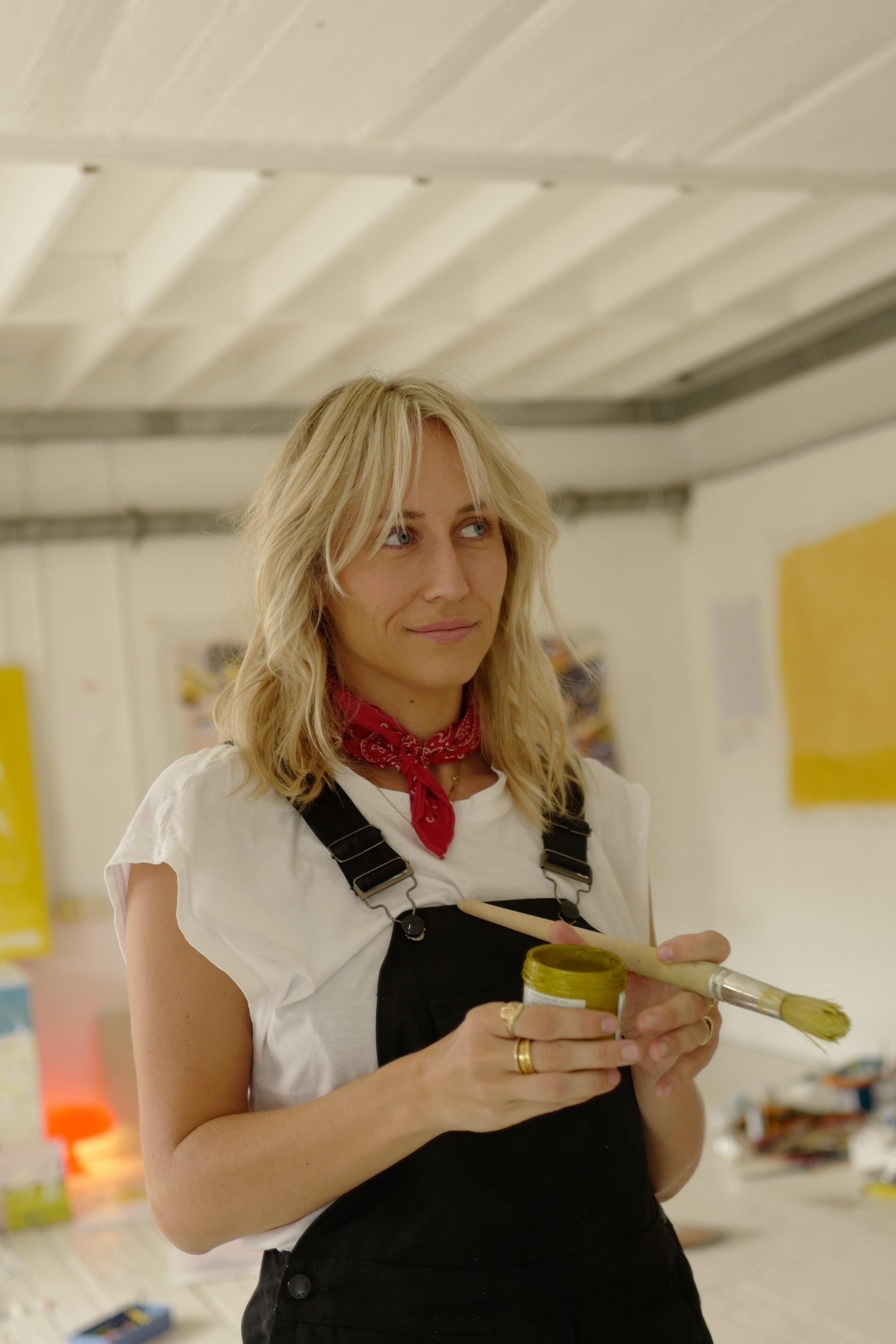
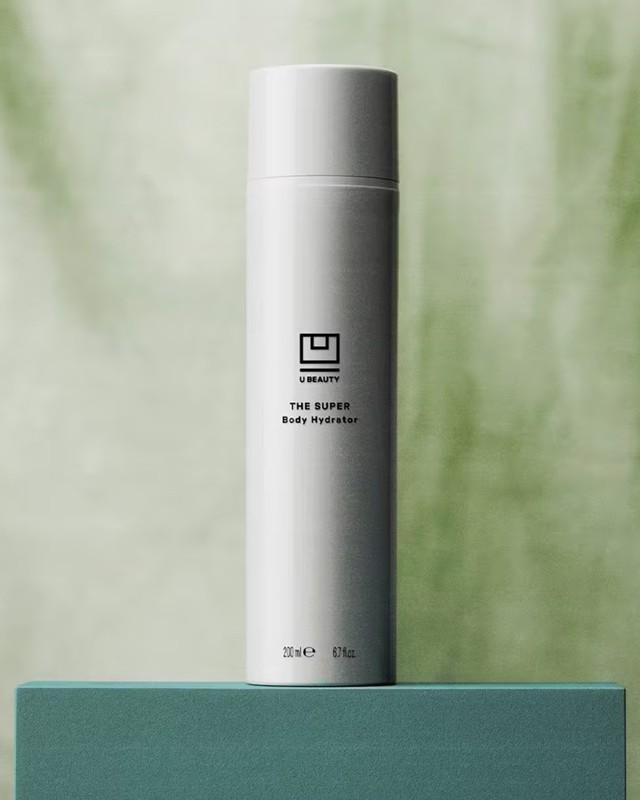
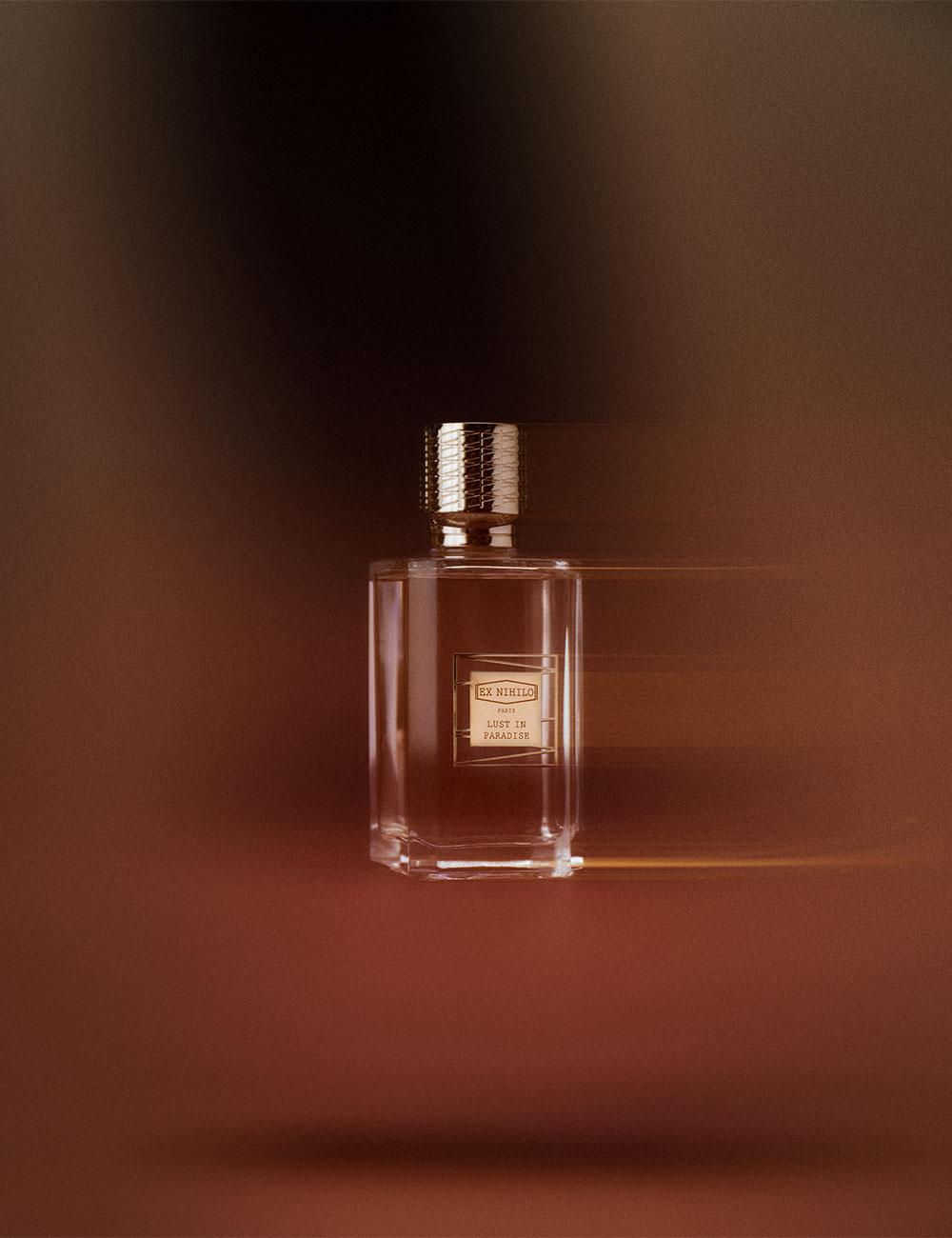
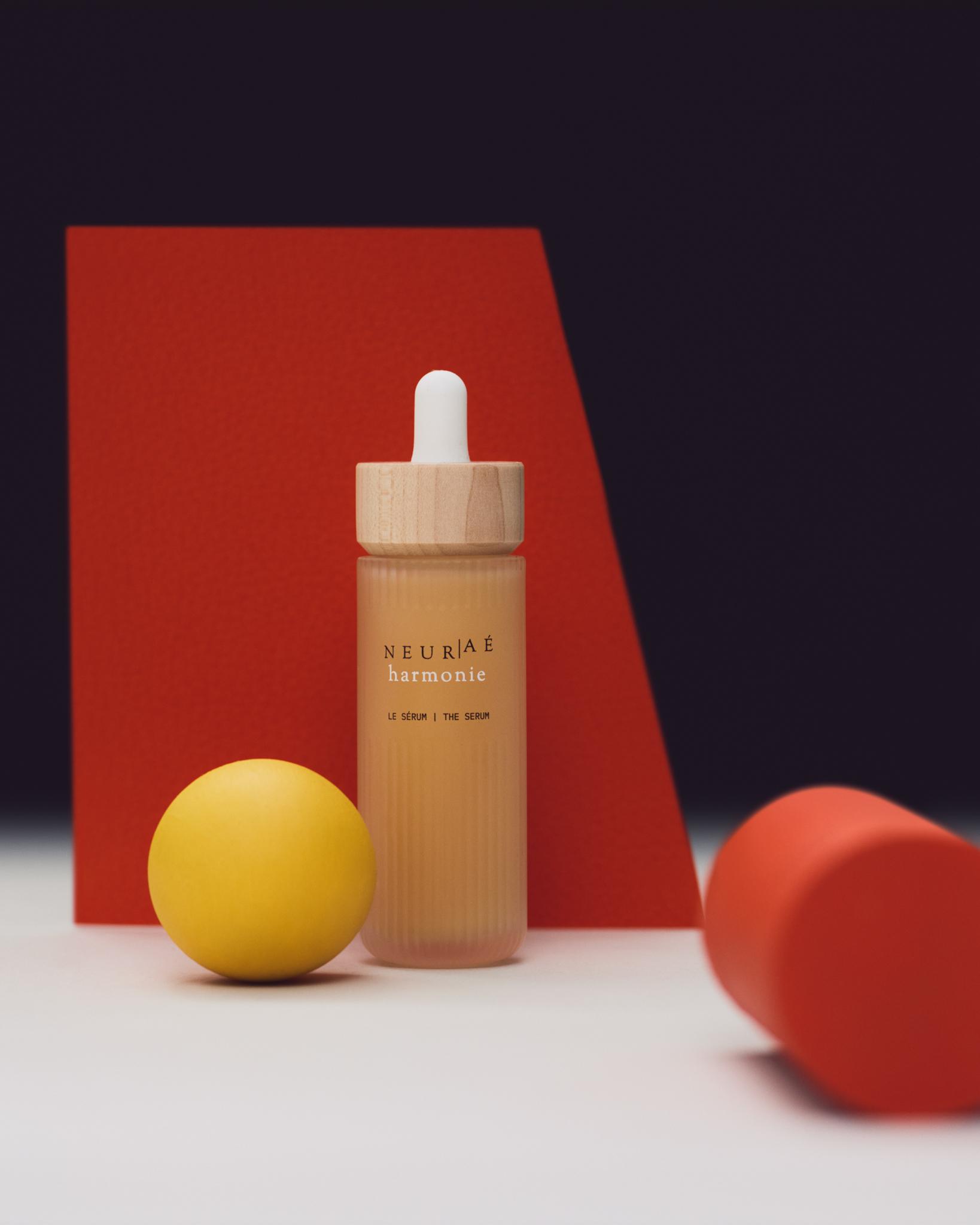
?fmt=auto&qlt=default)
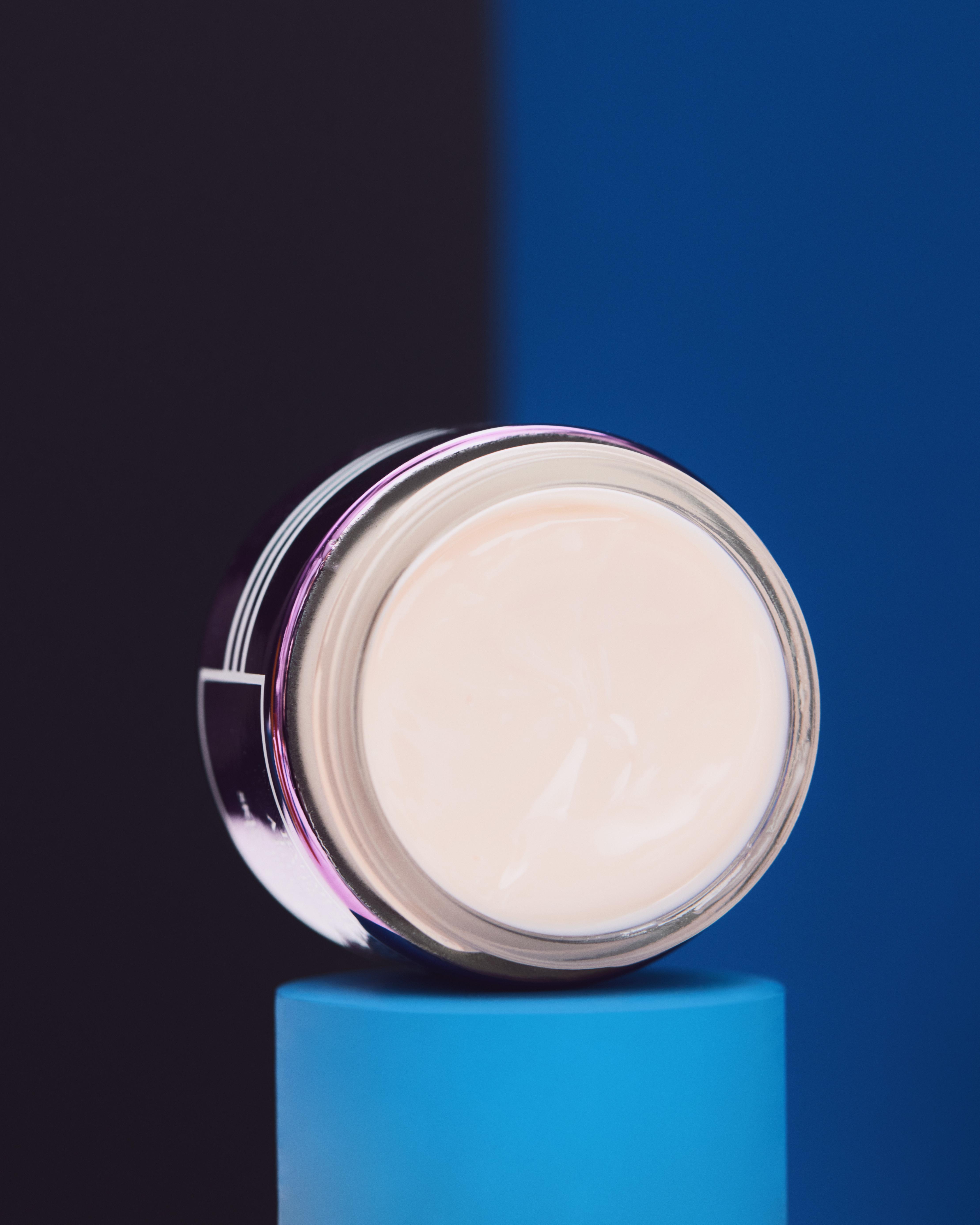






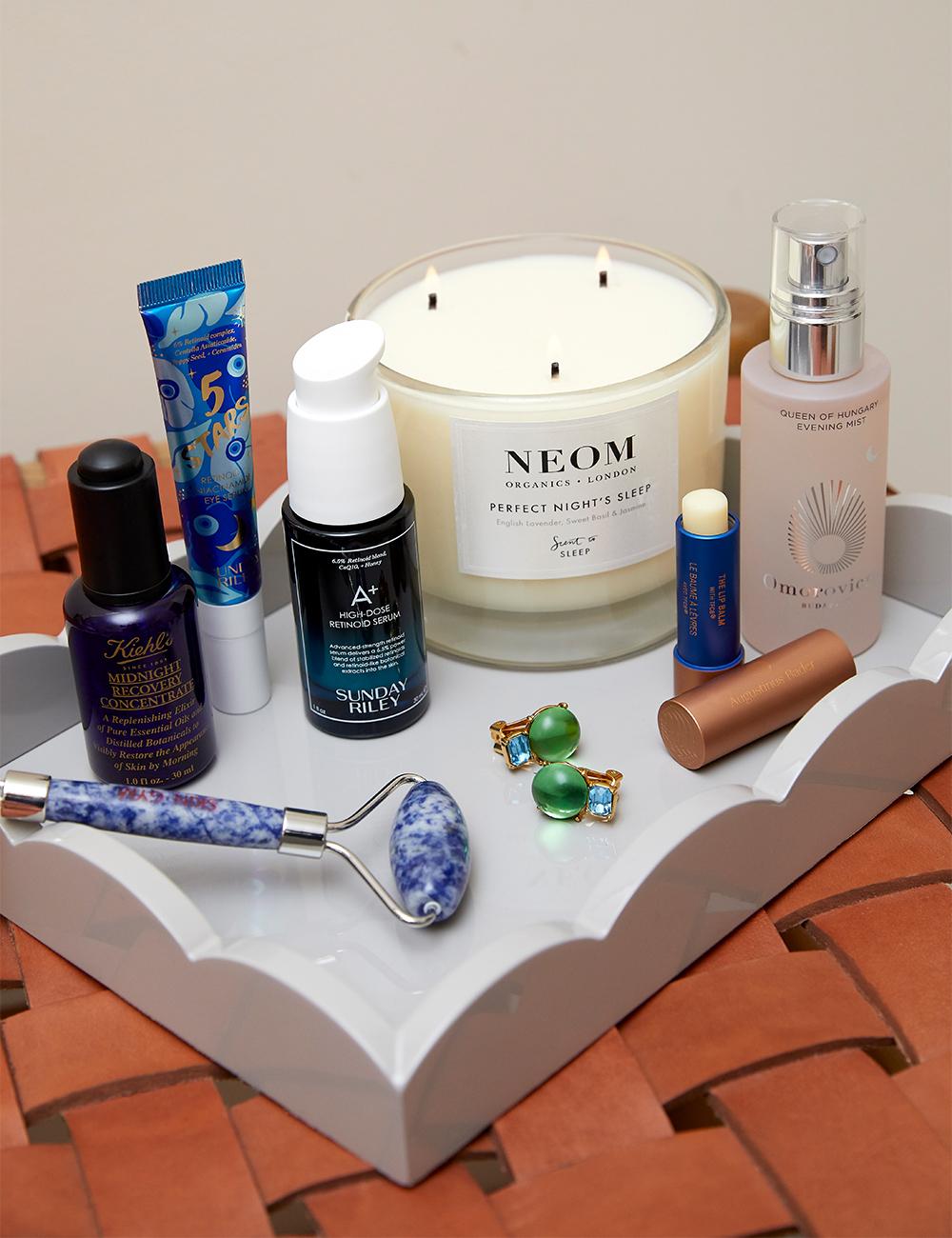
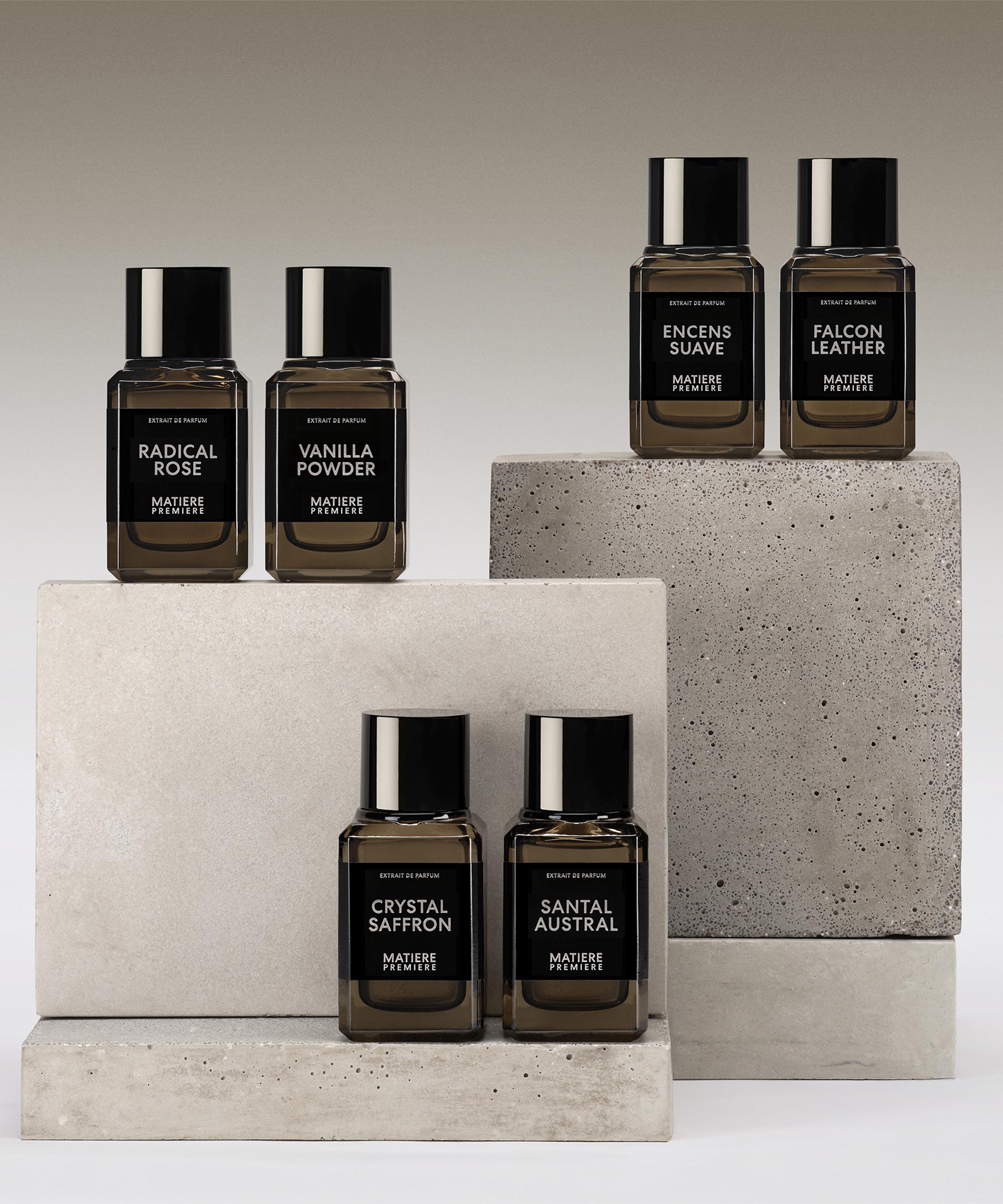







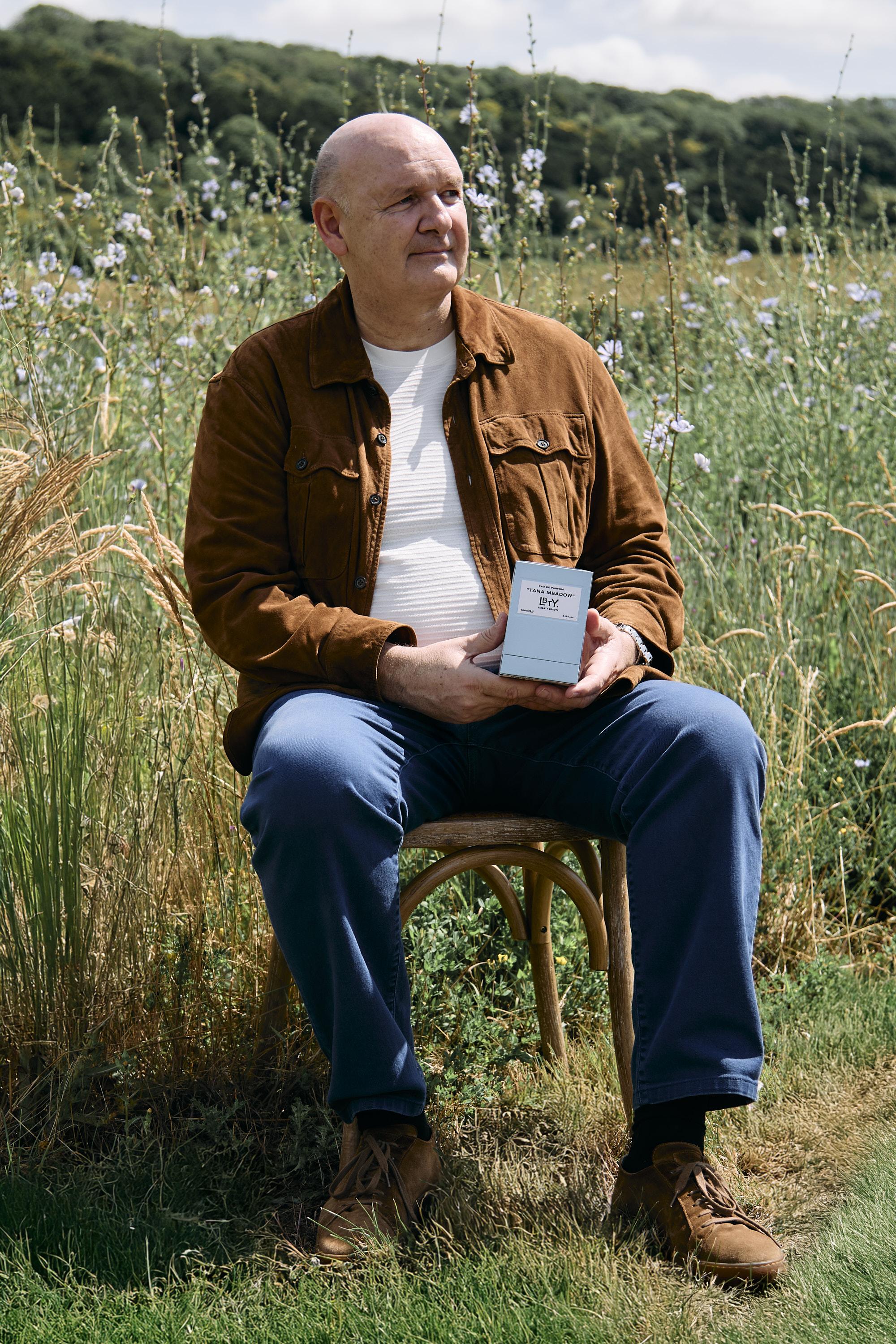





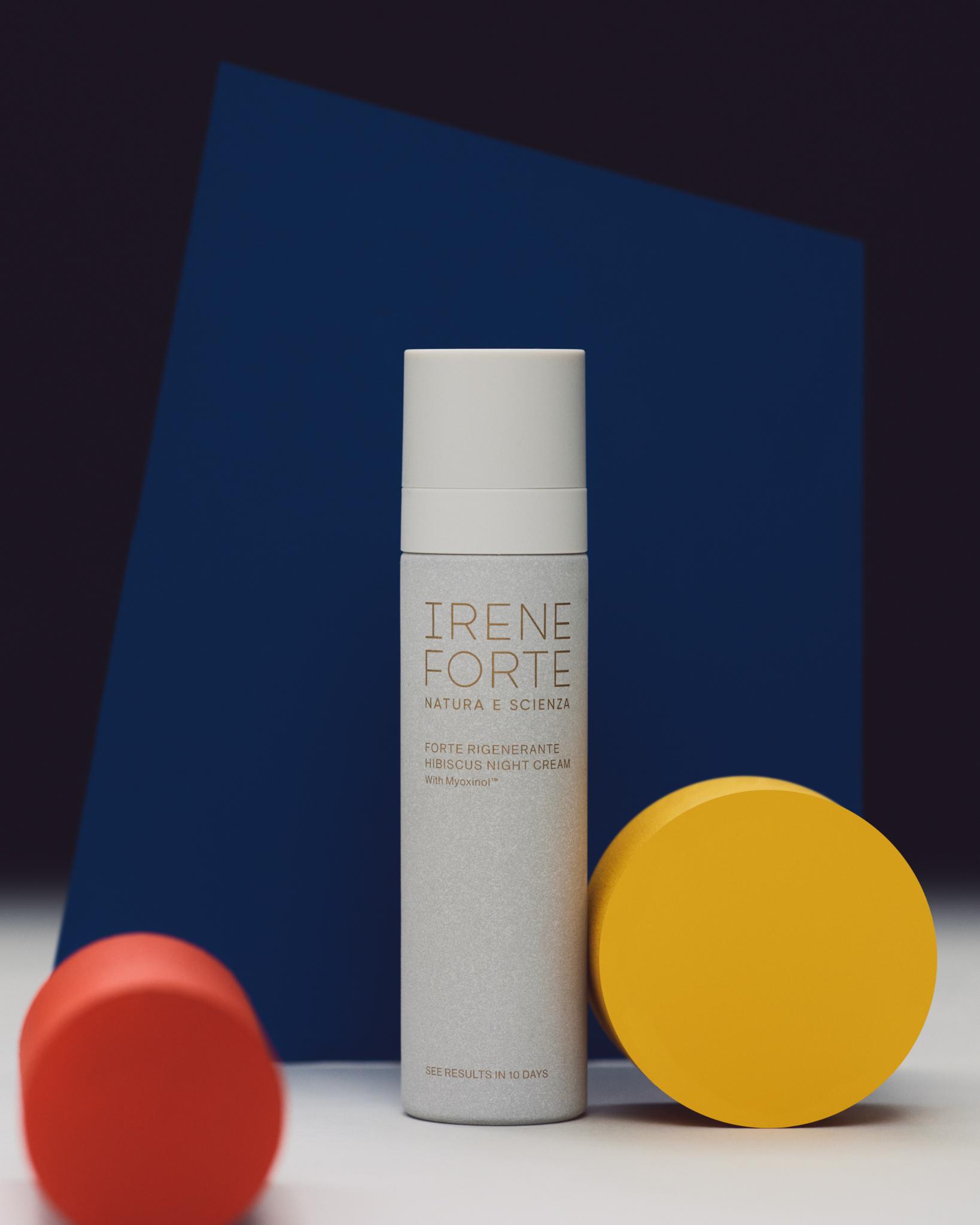

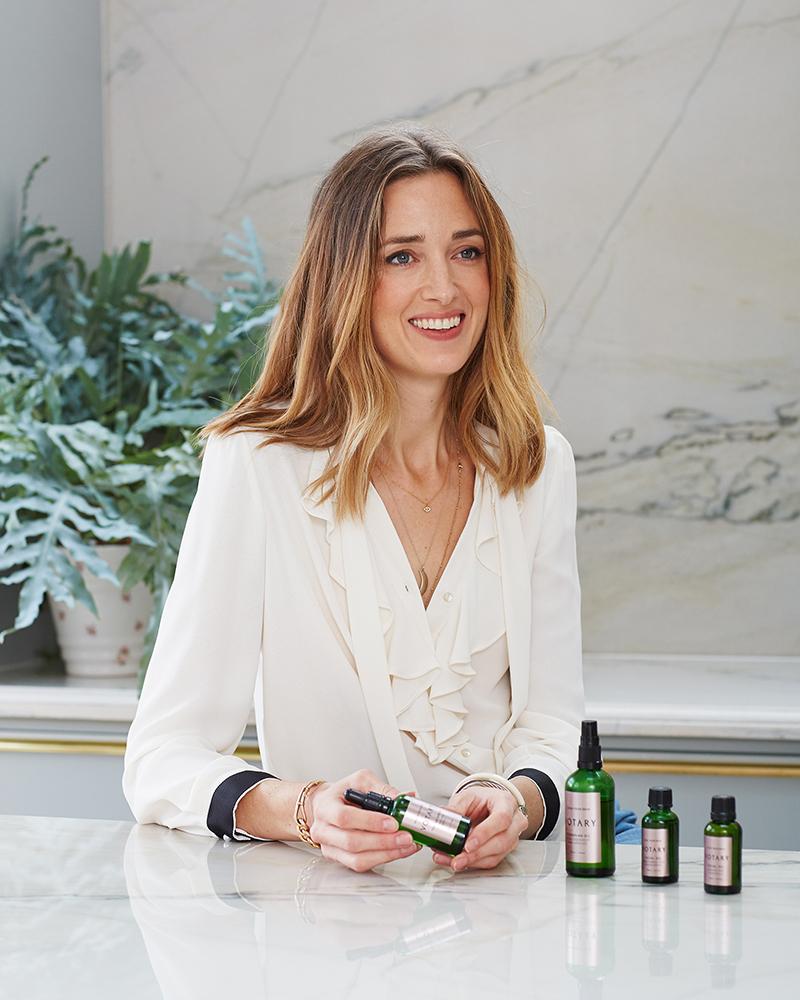

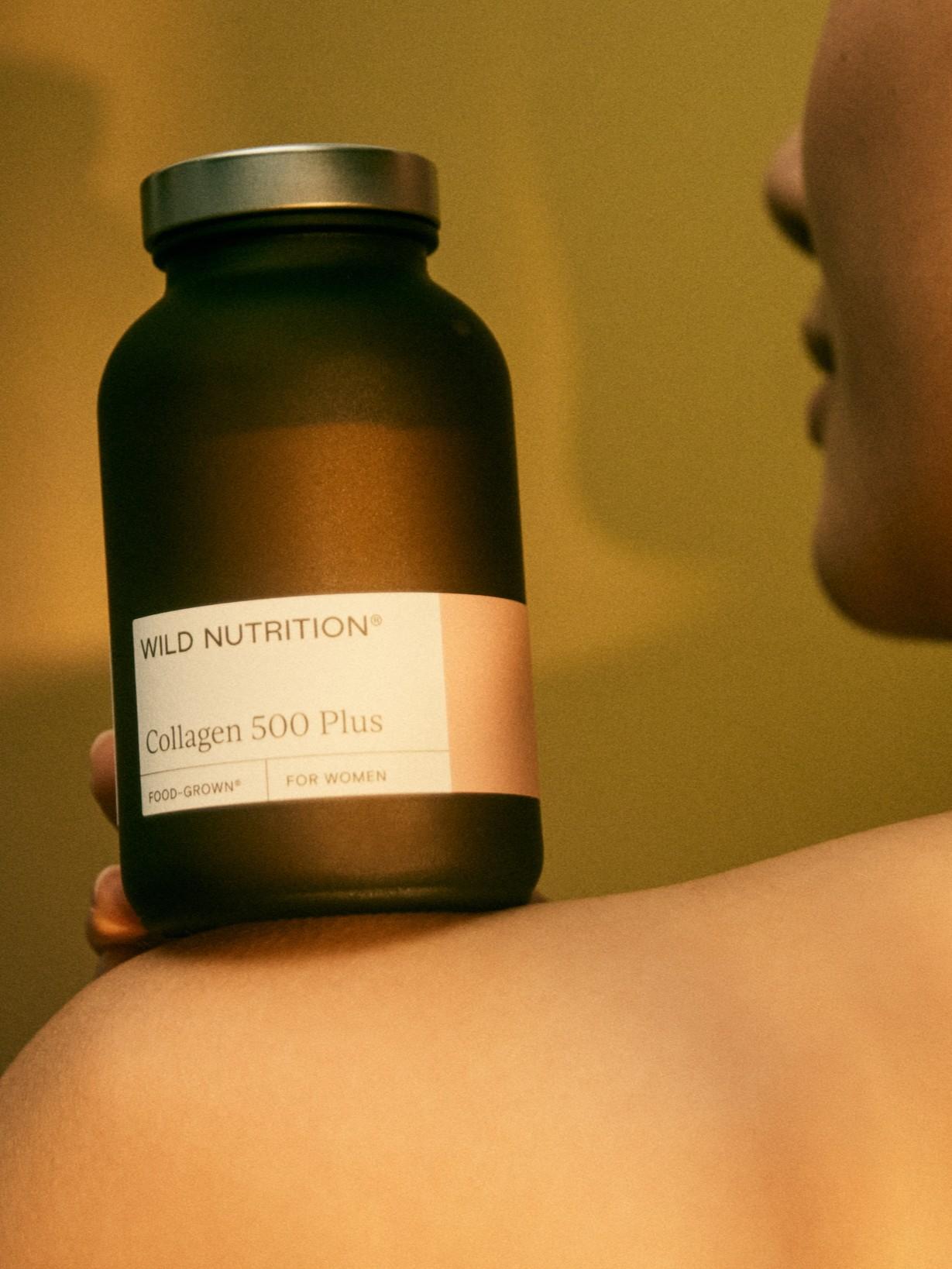

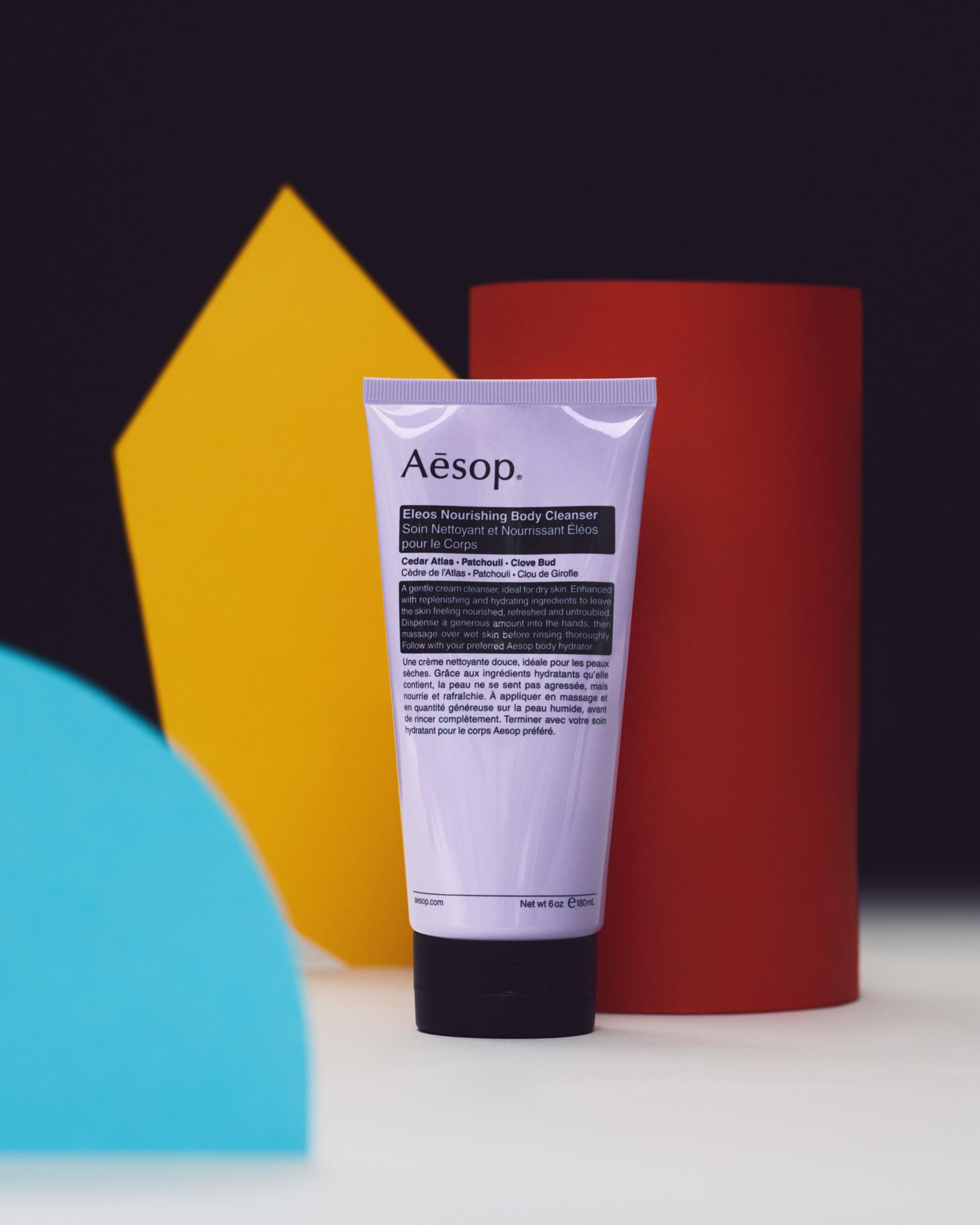
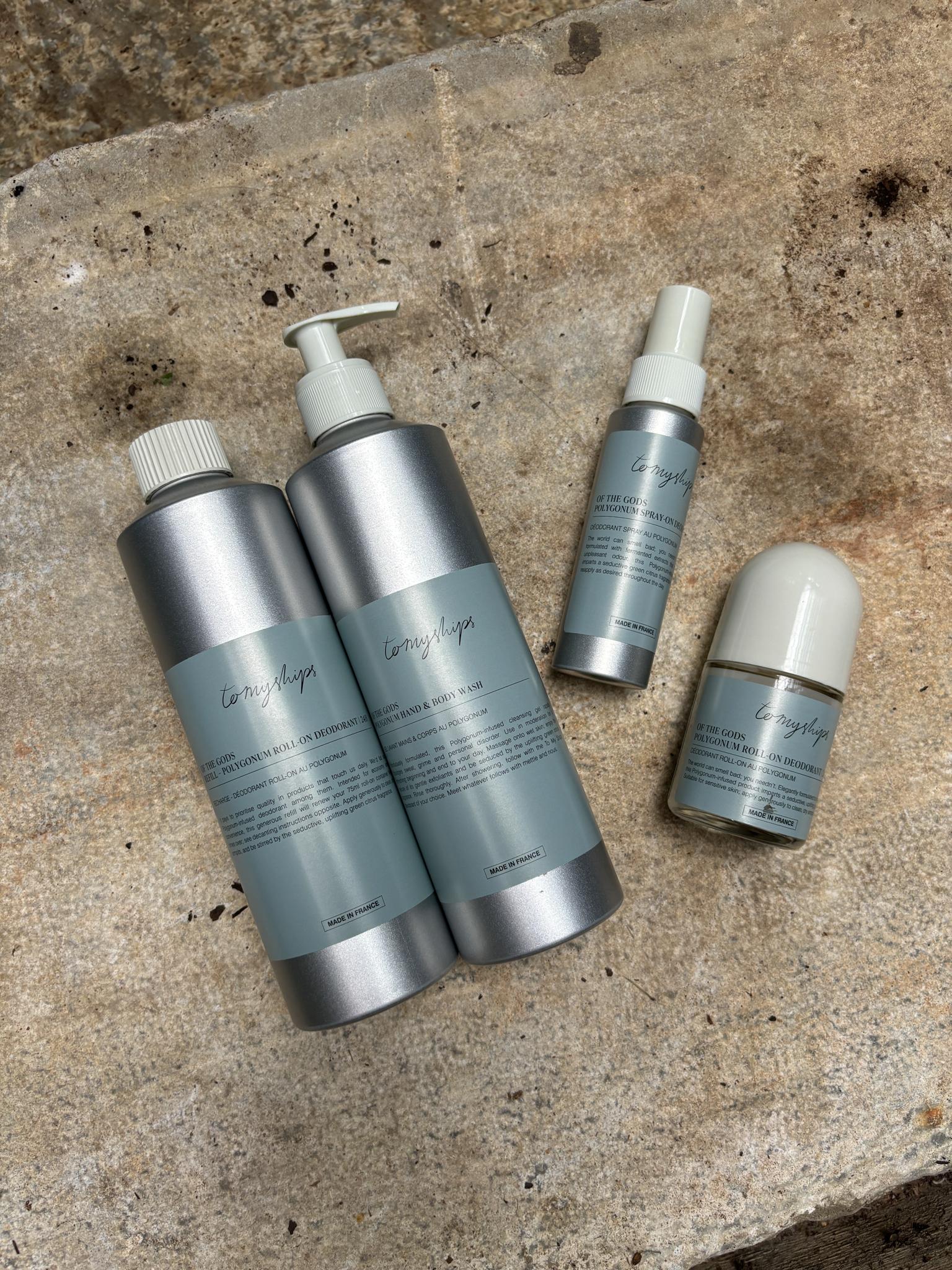



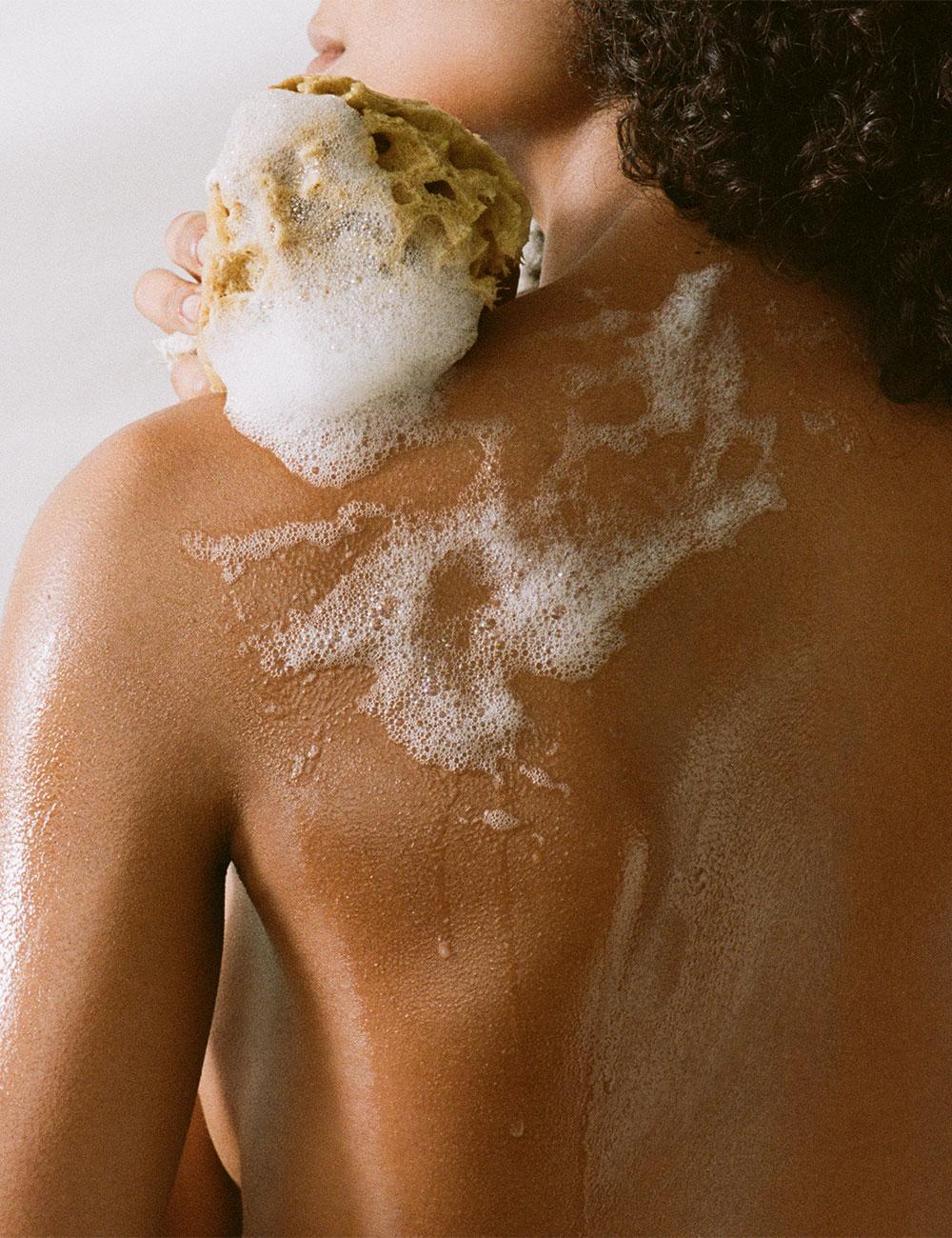


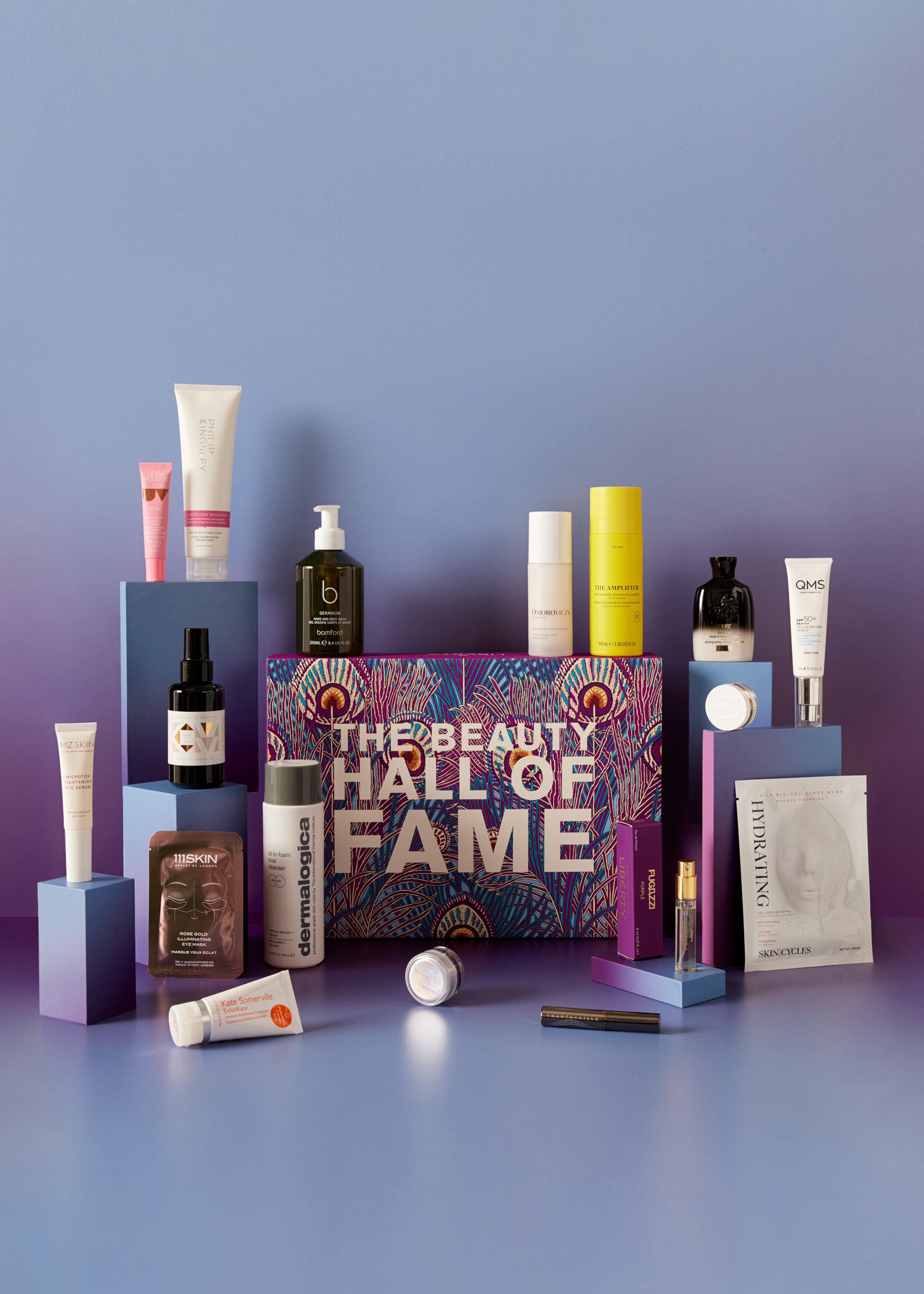
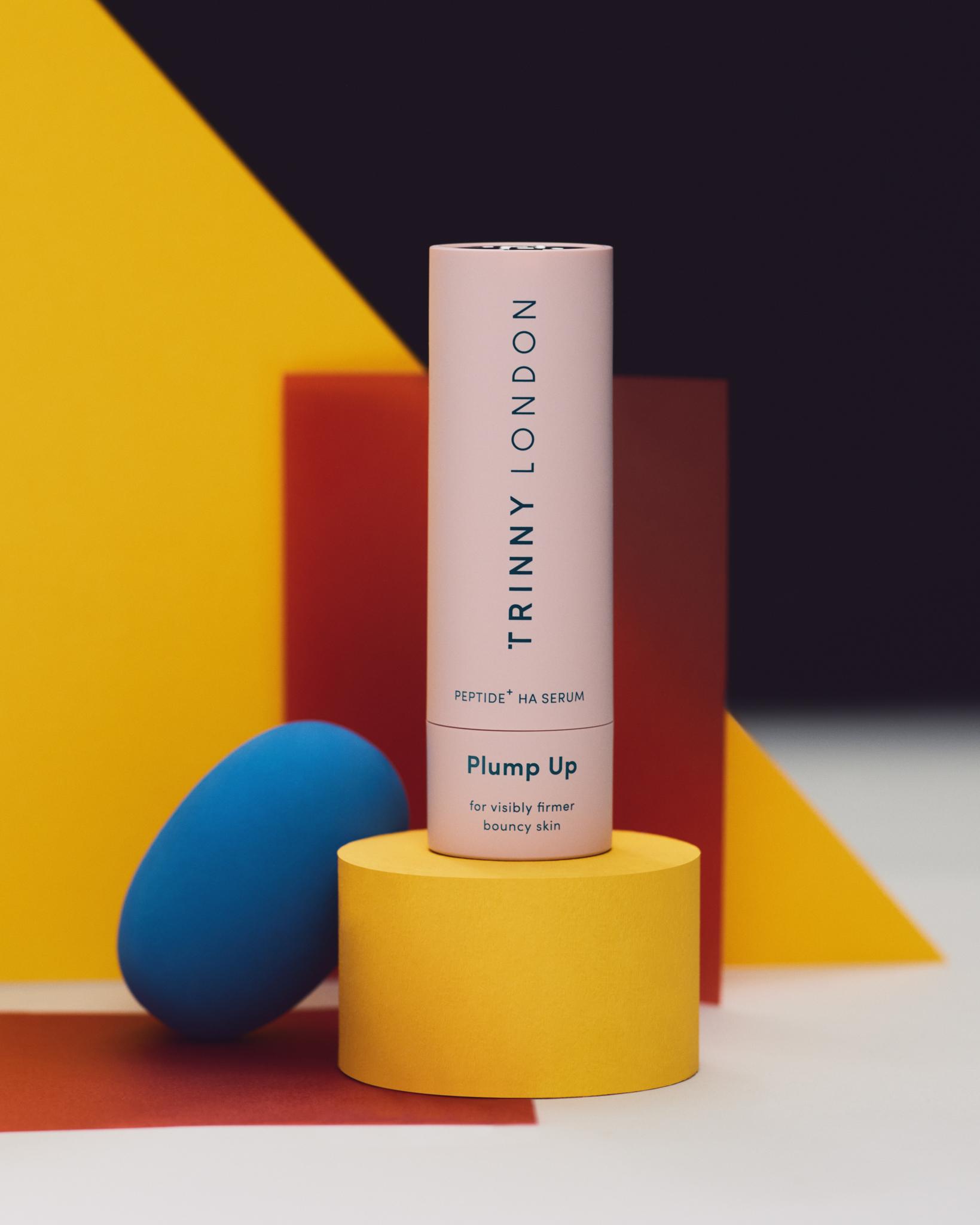
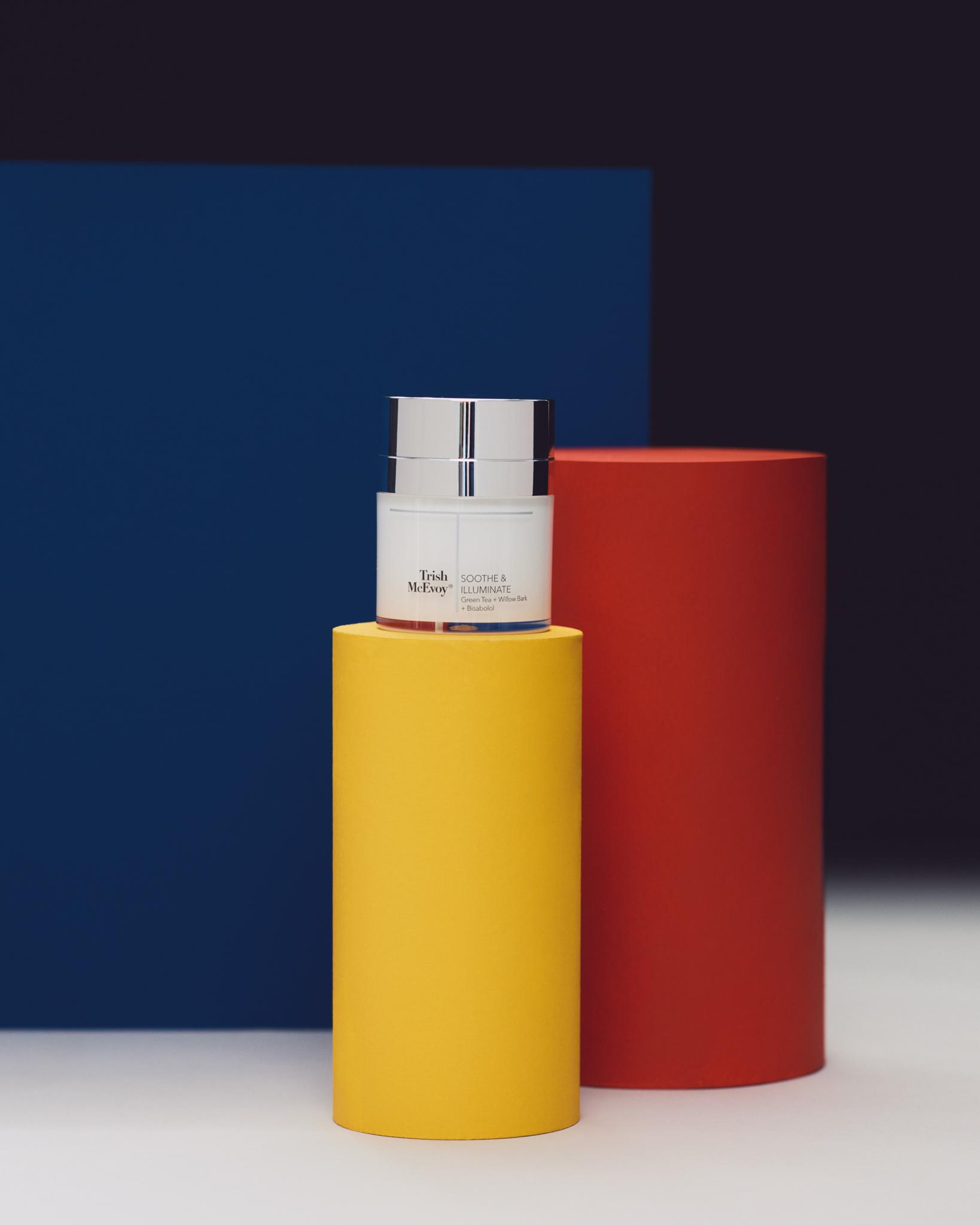
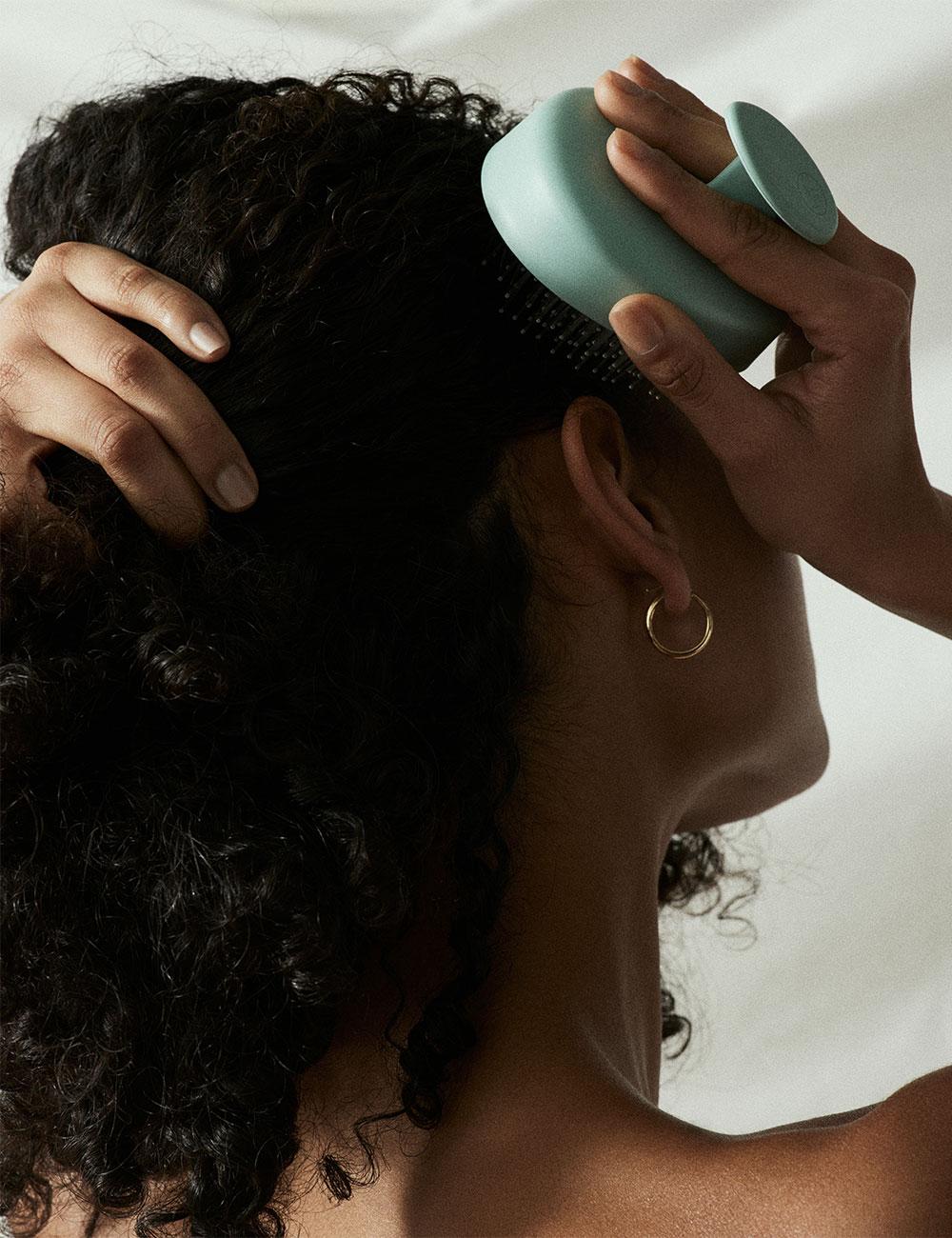




?fmt=auto&qlt=default)
